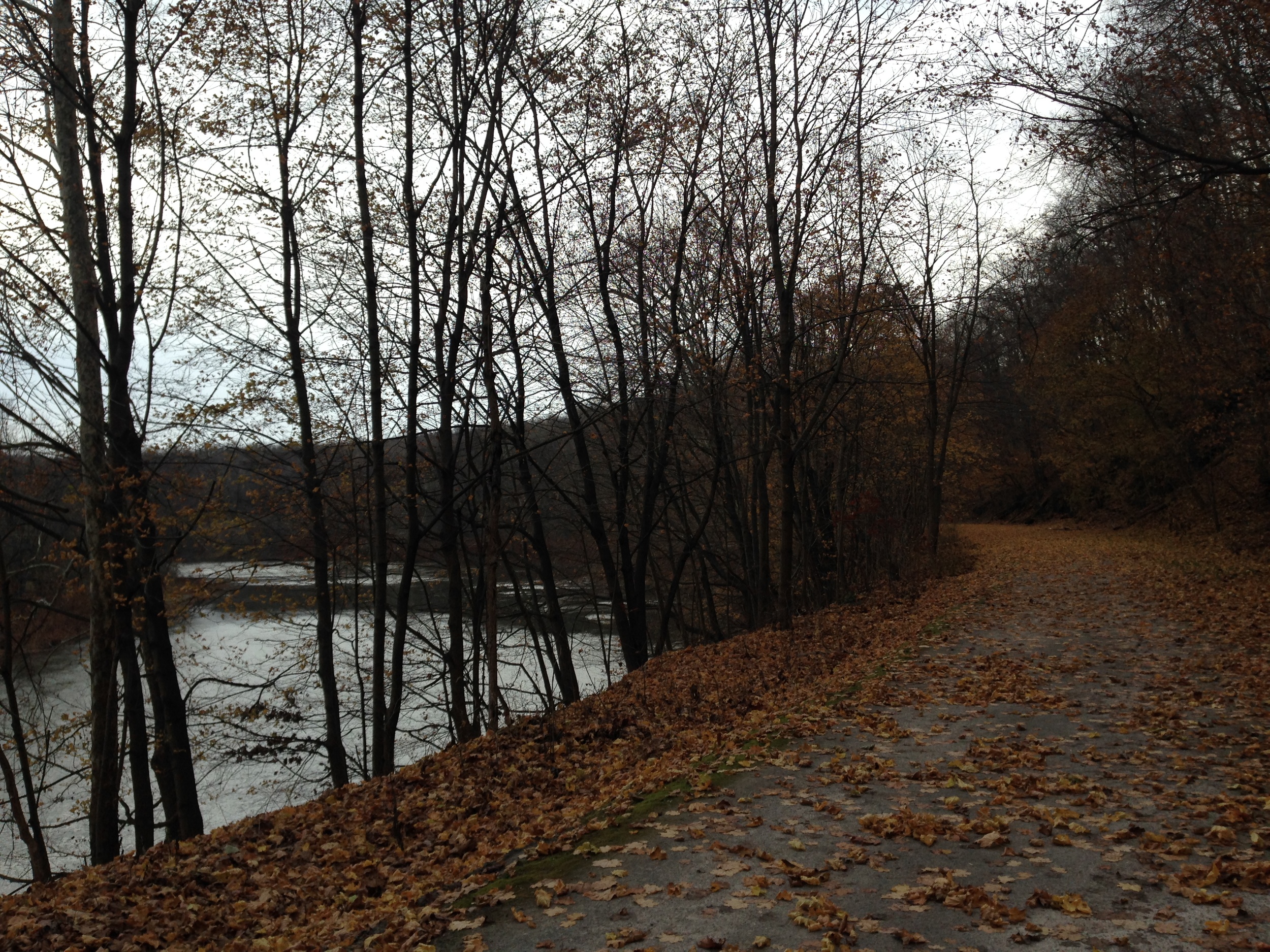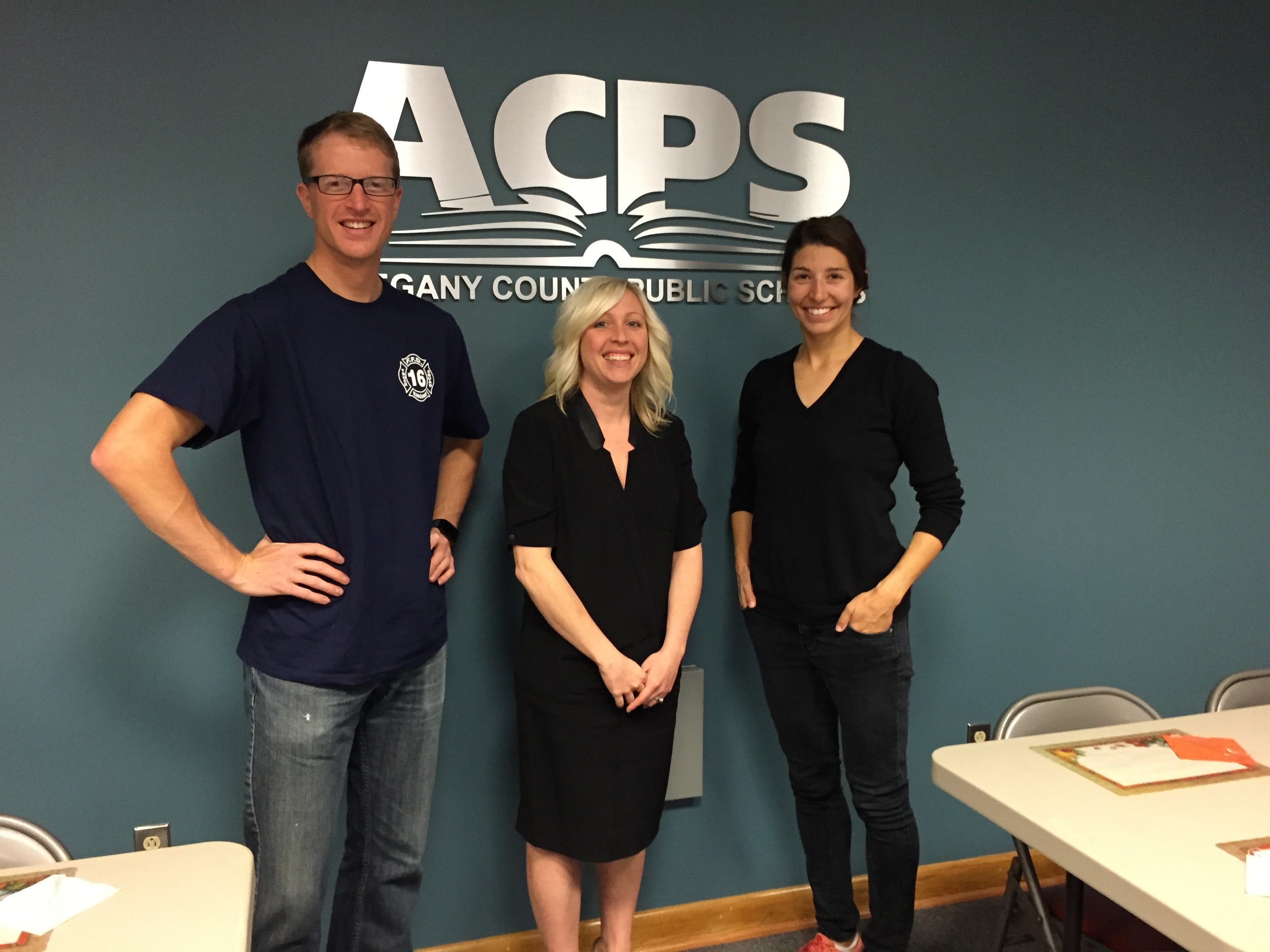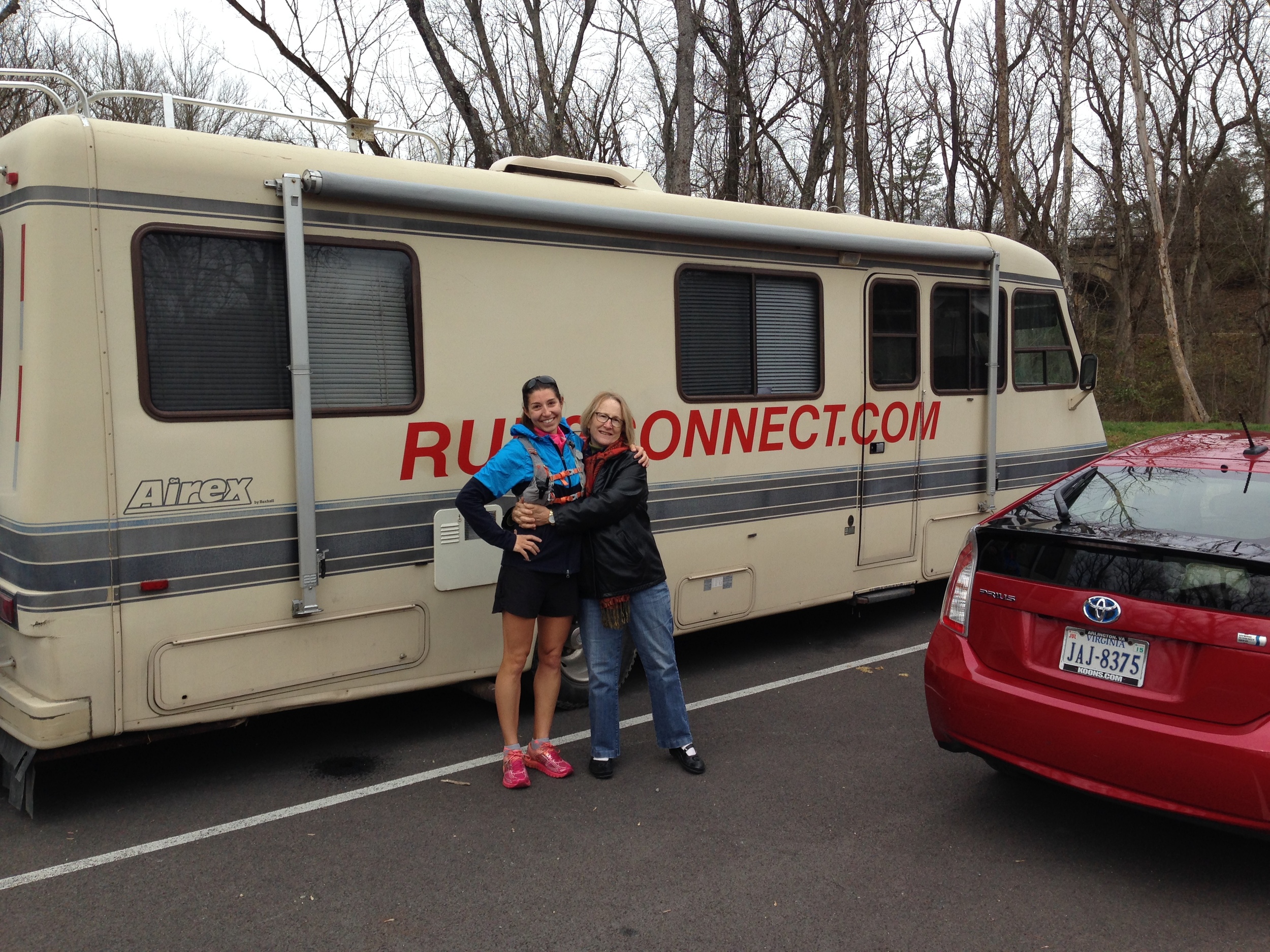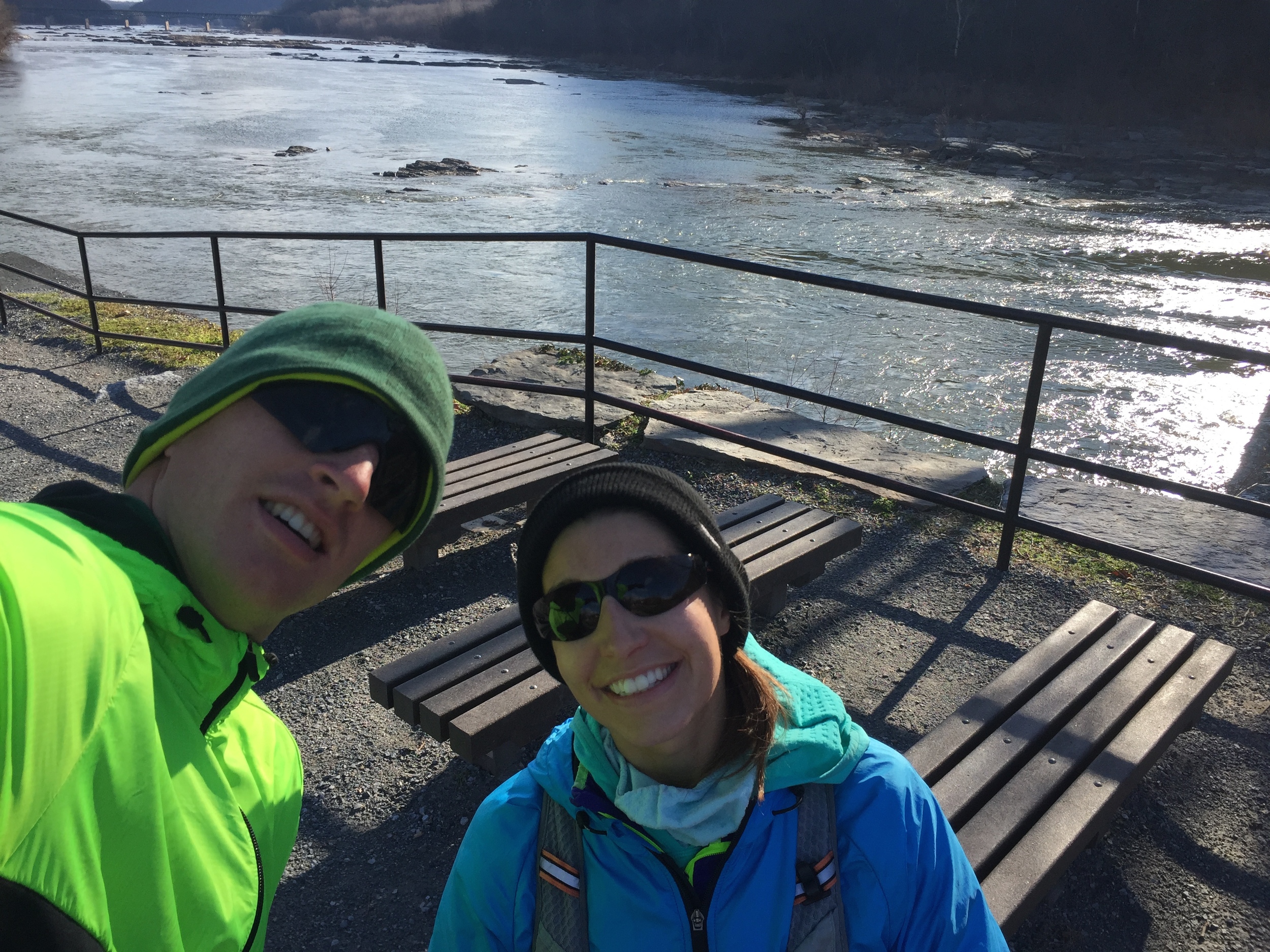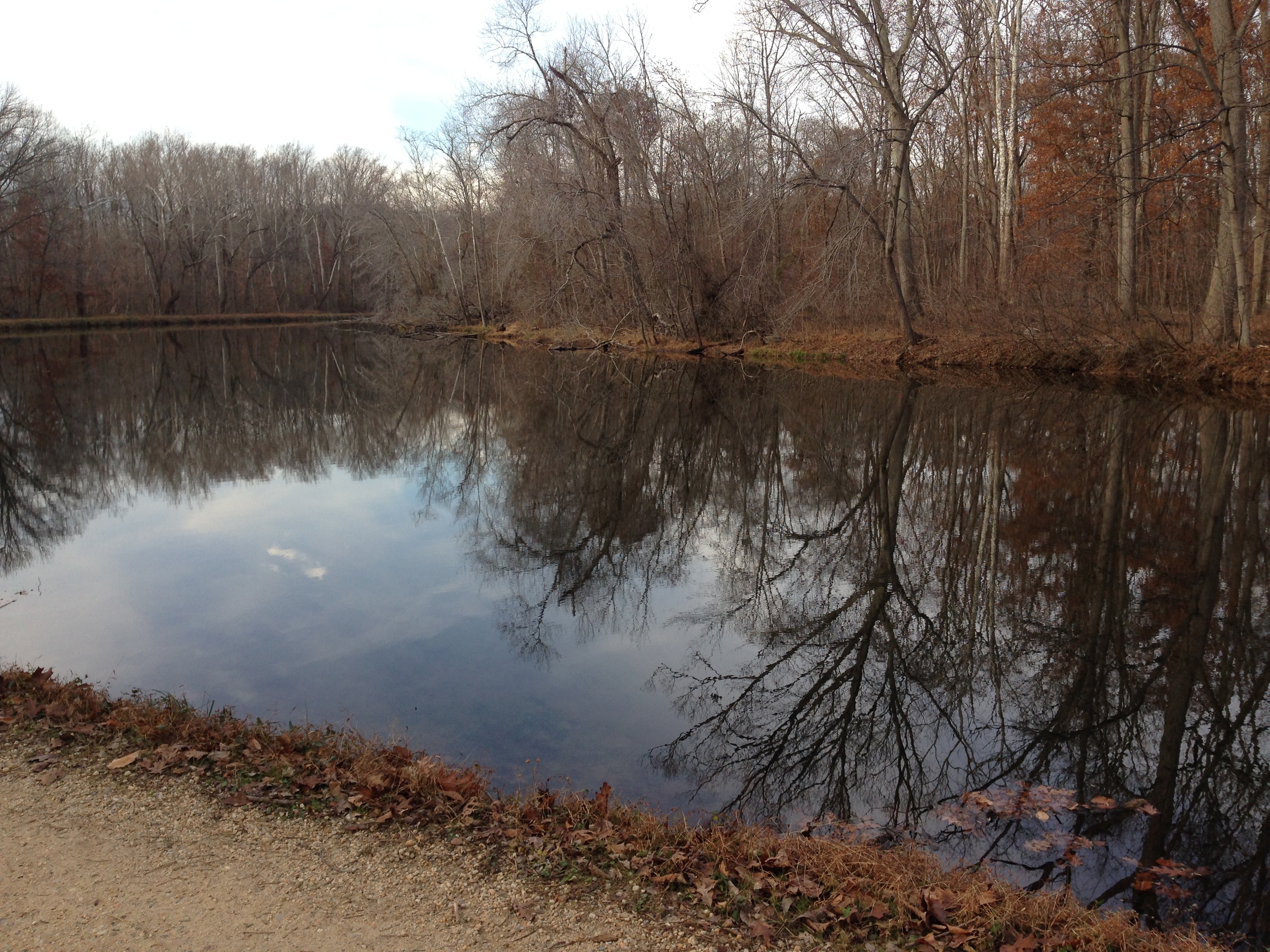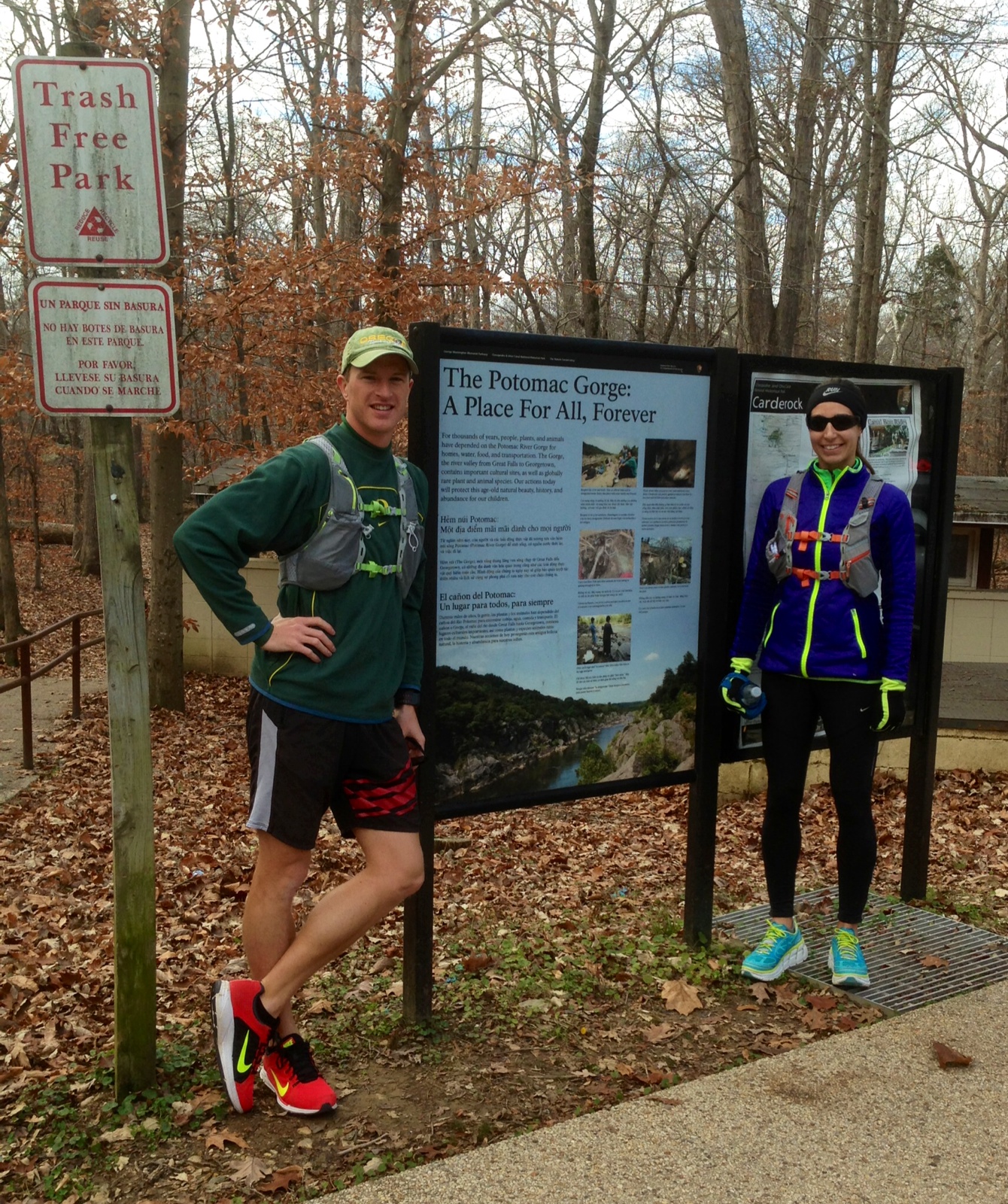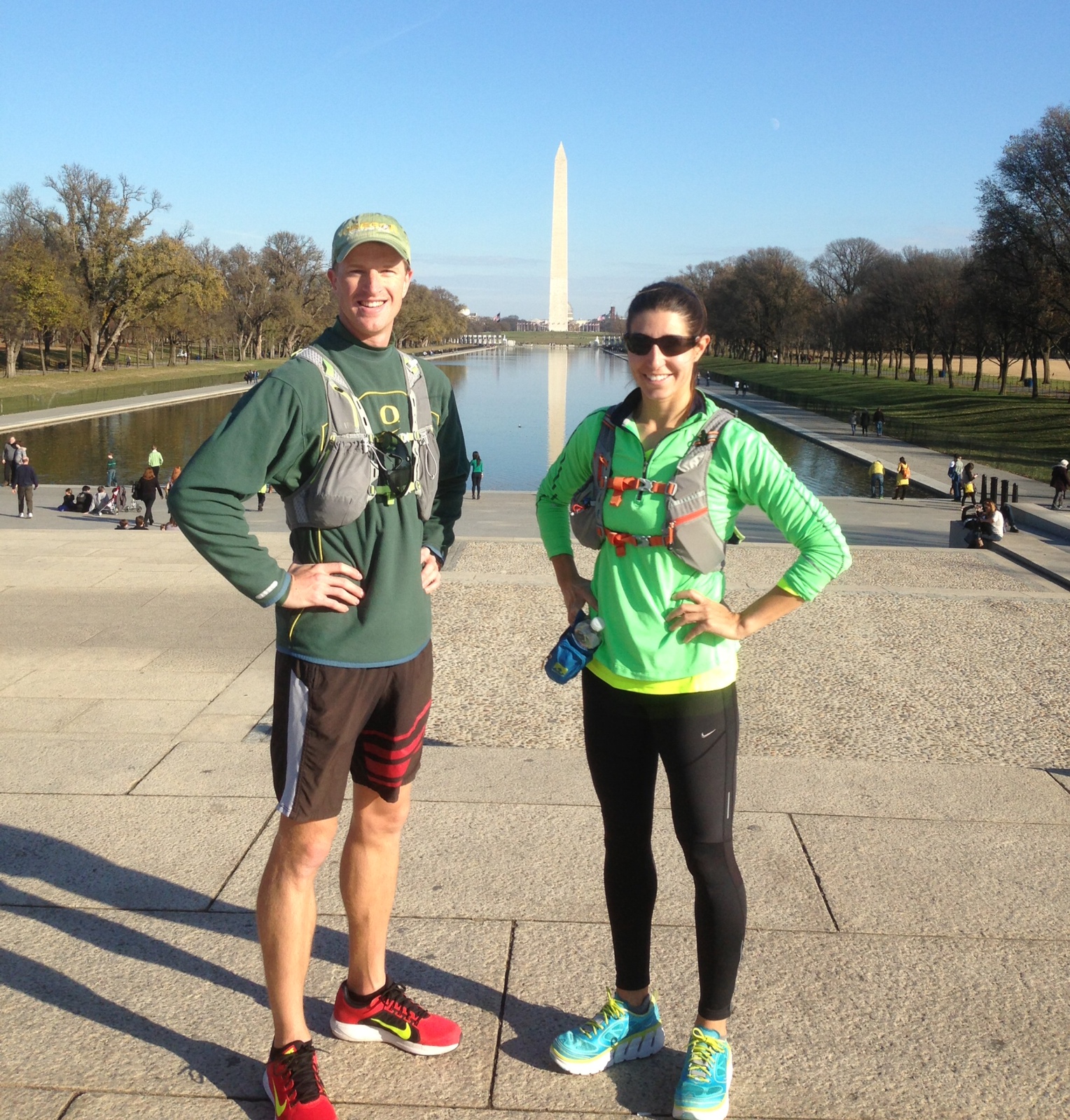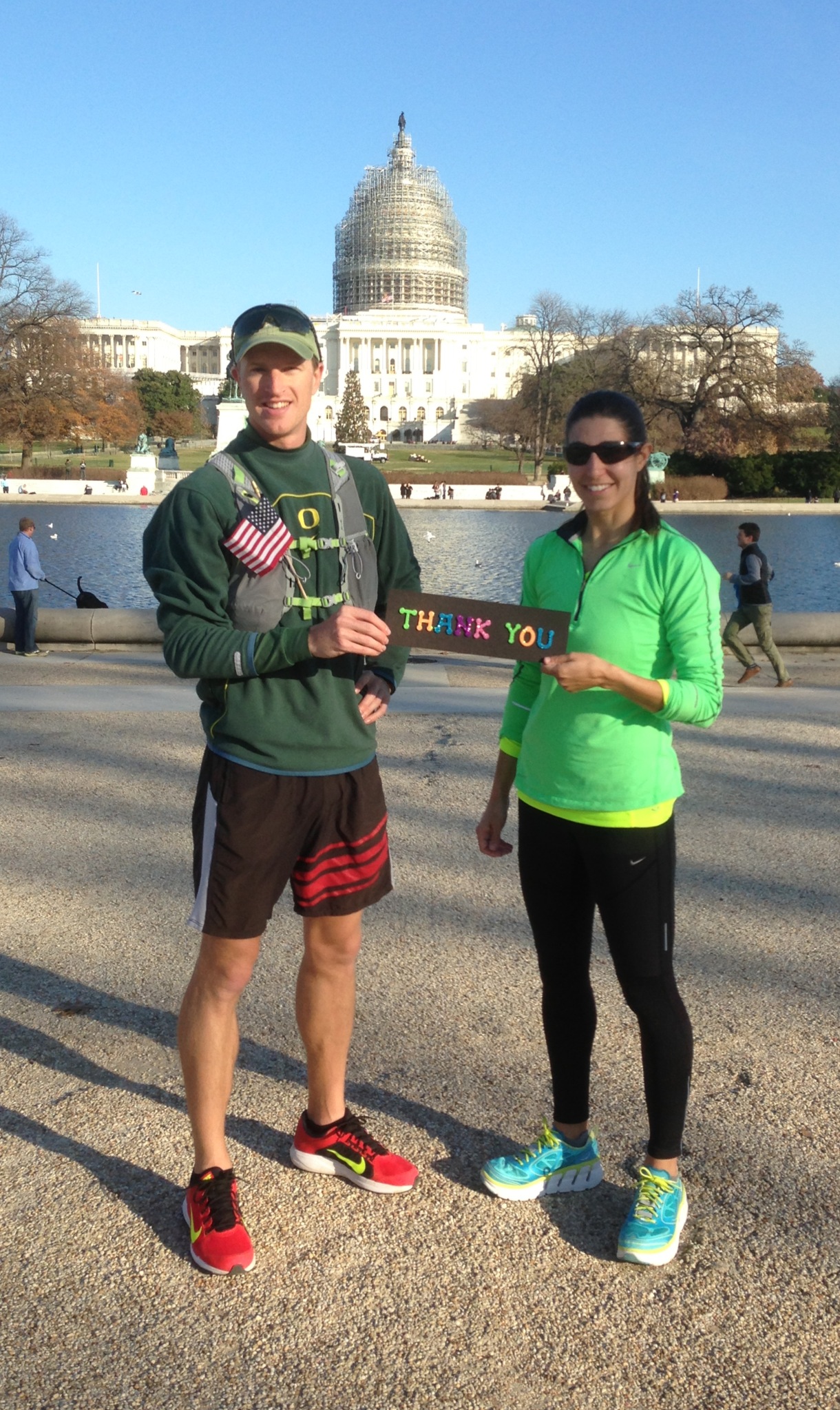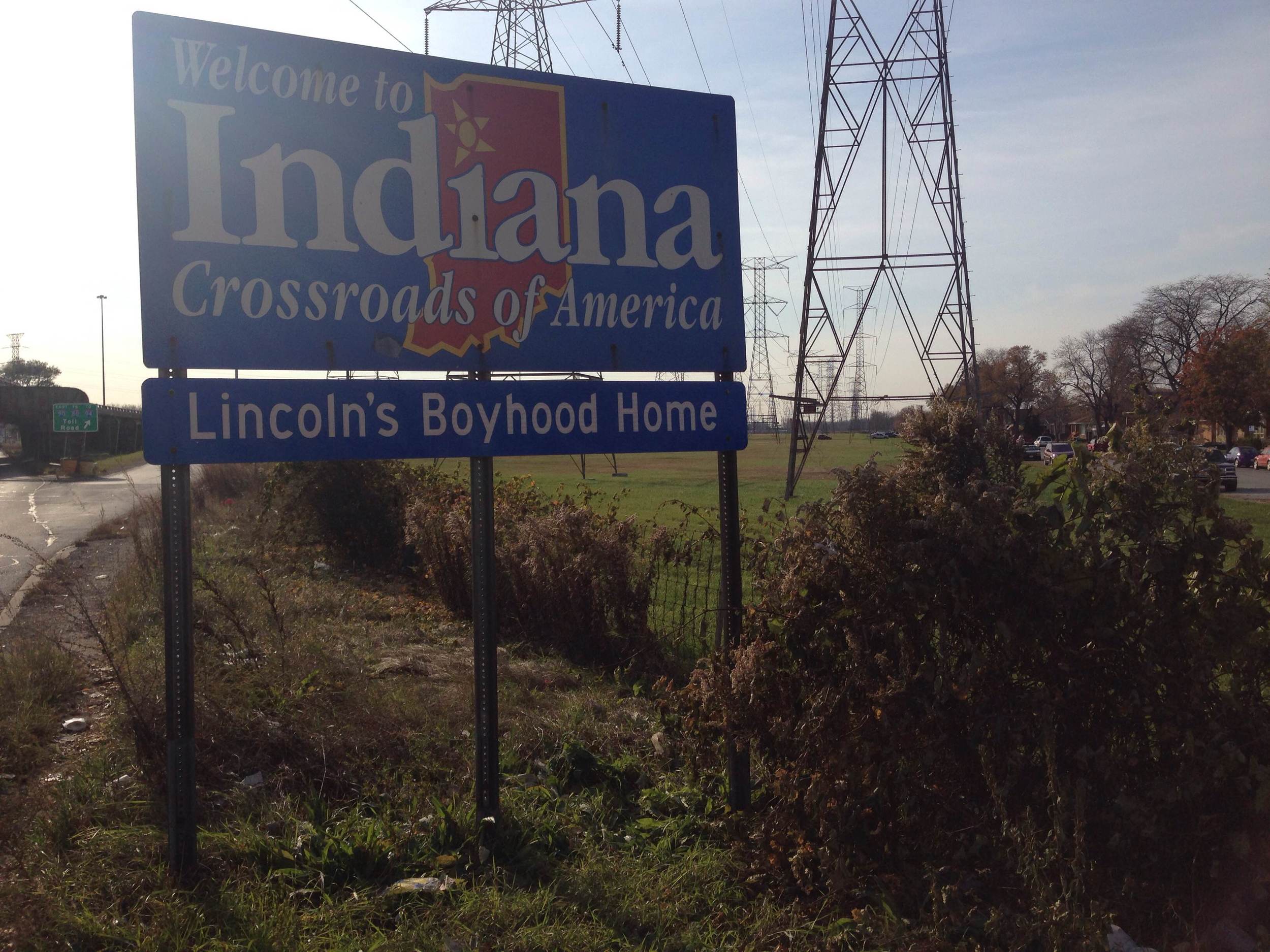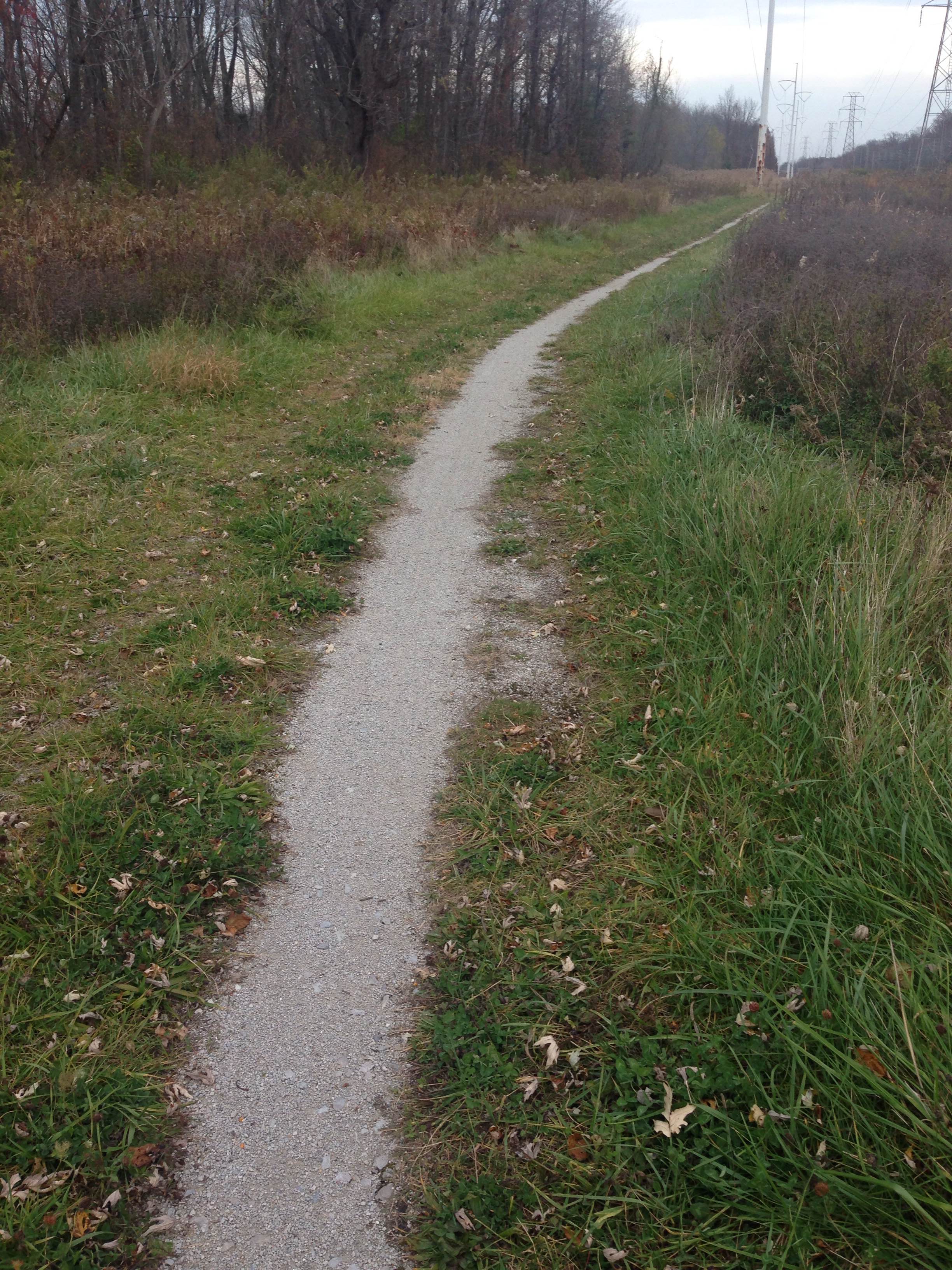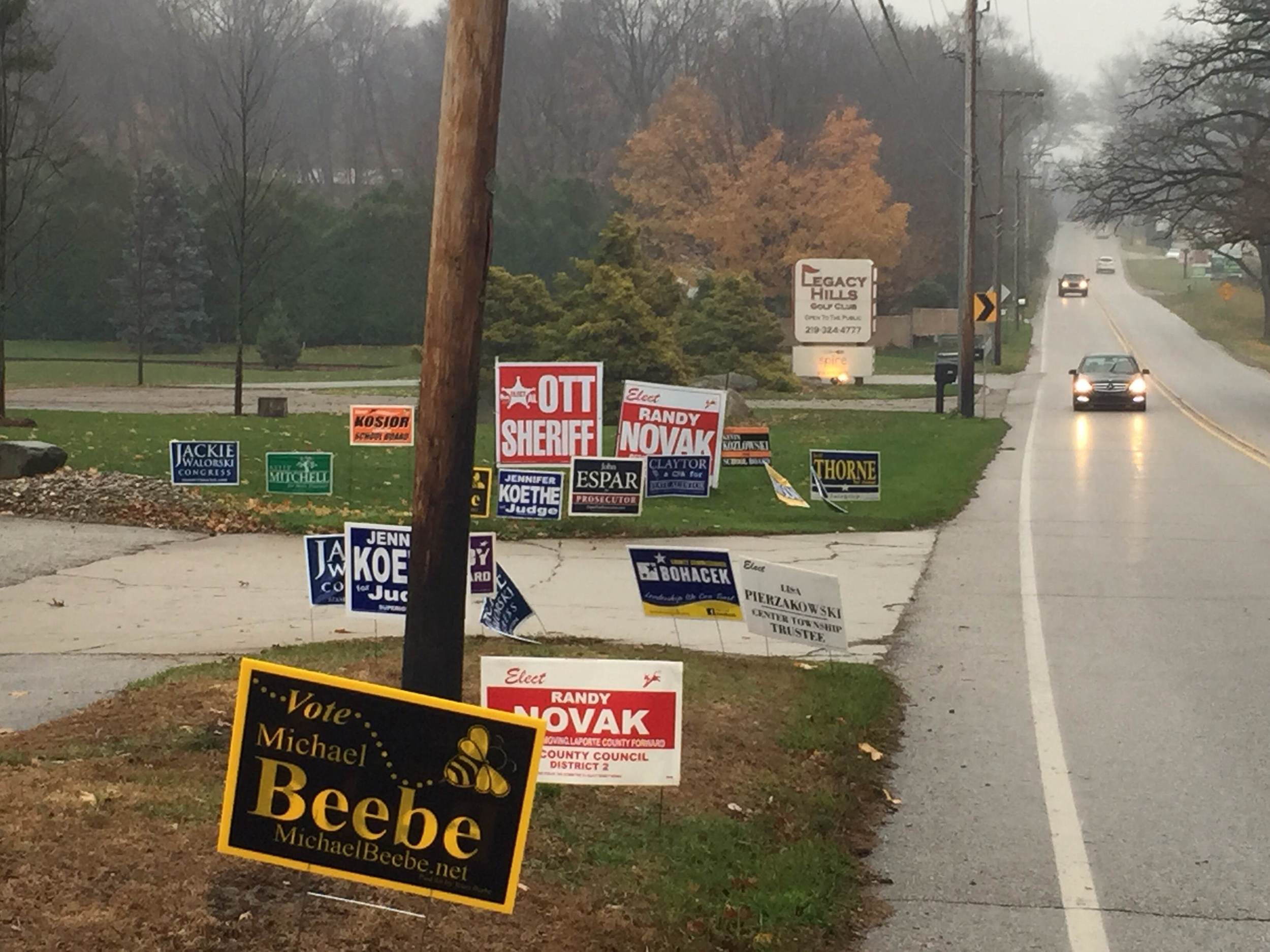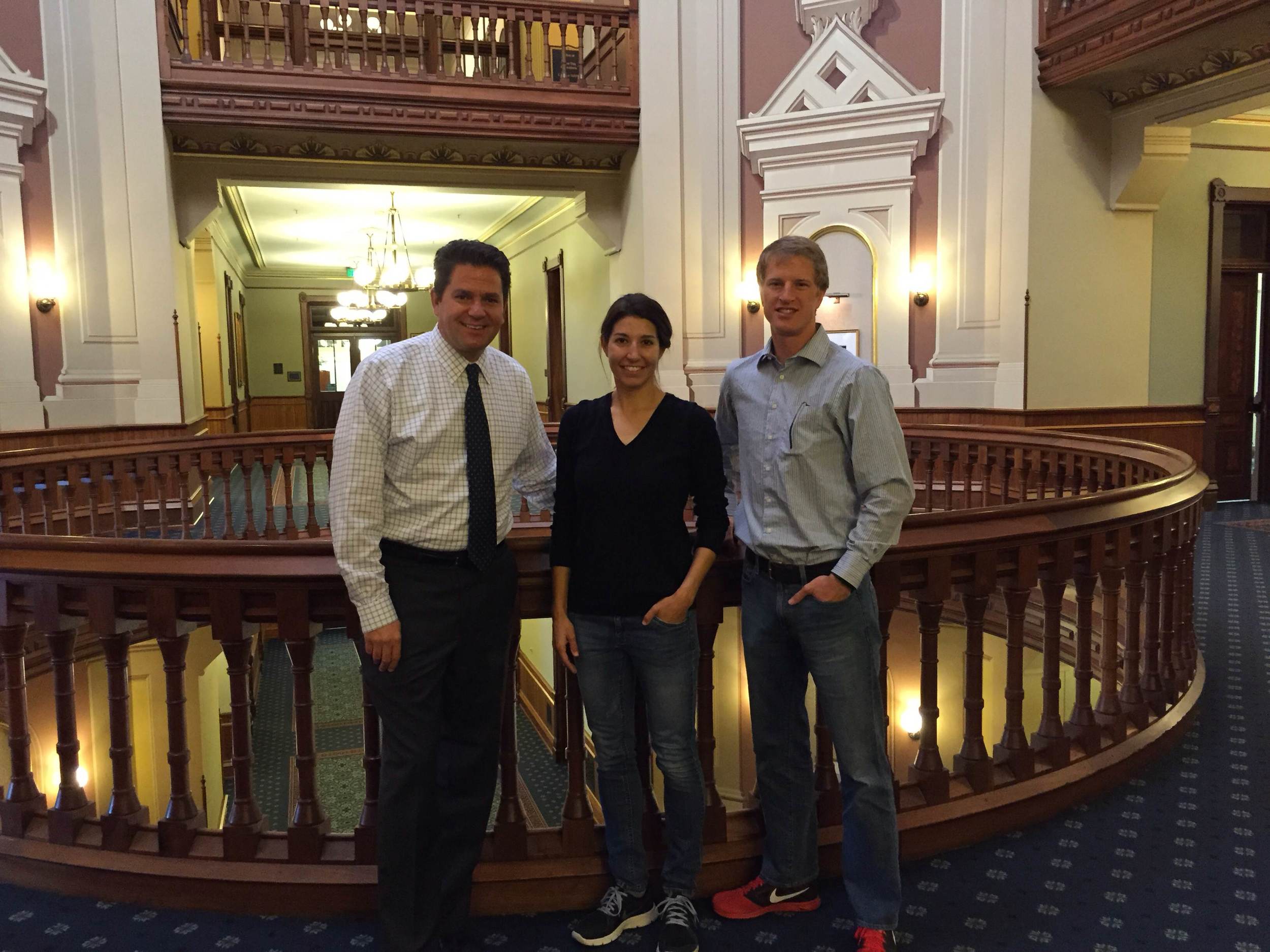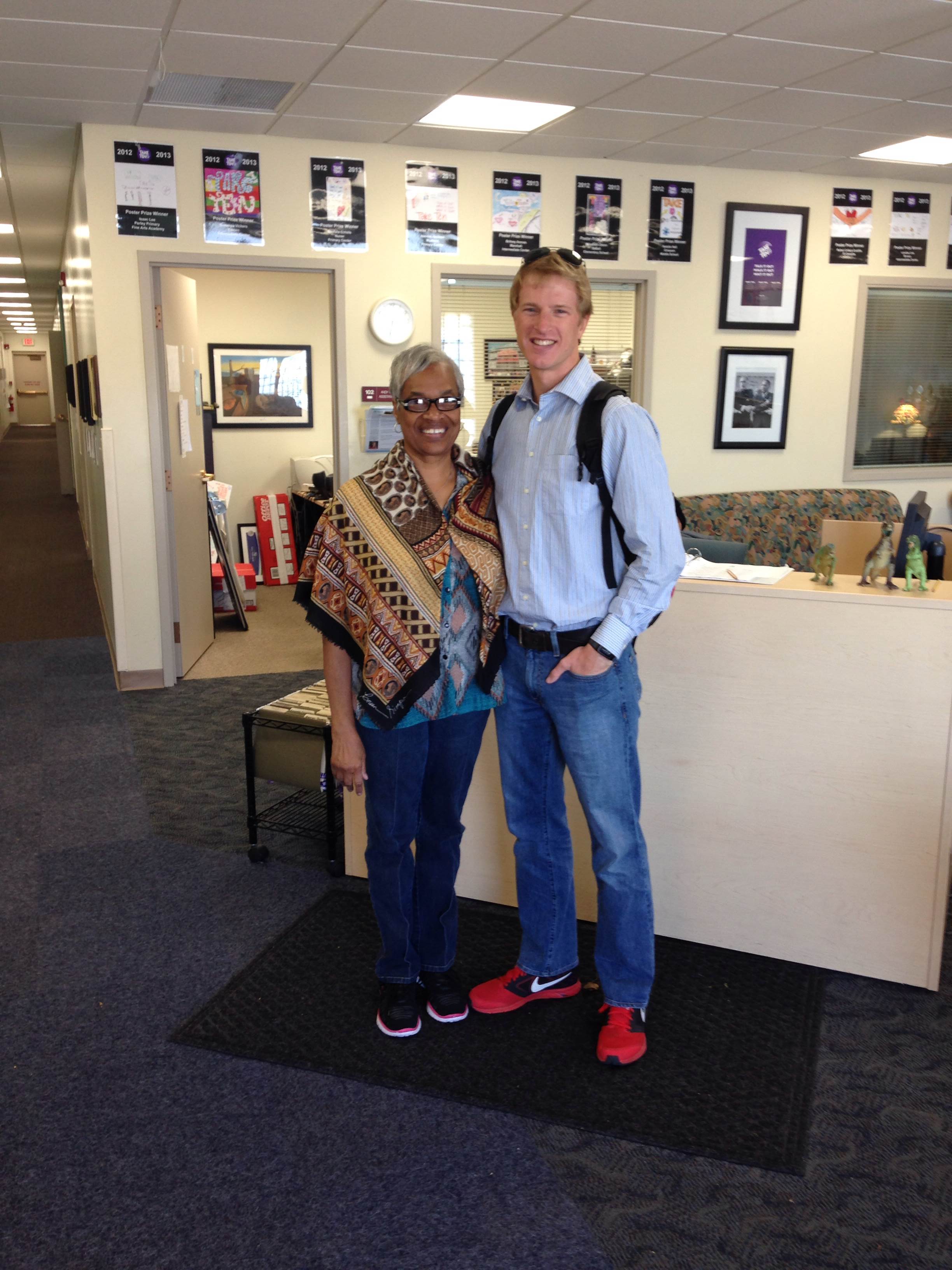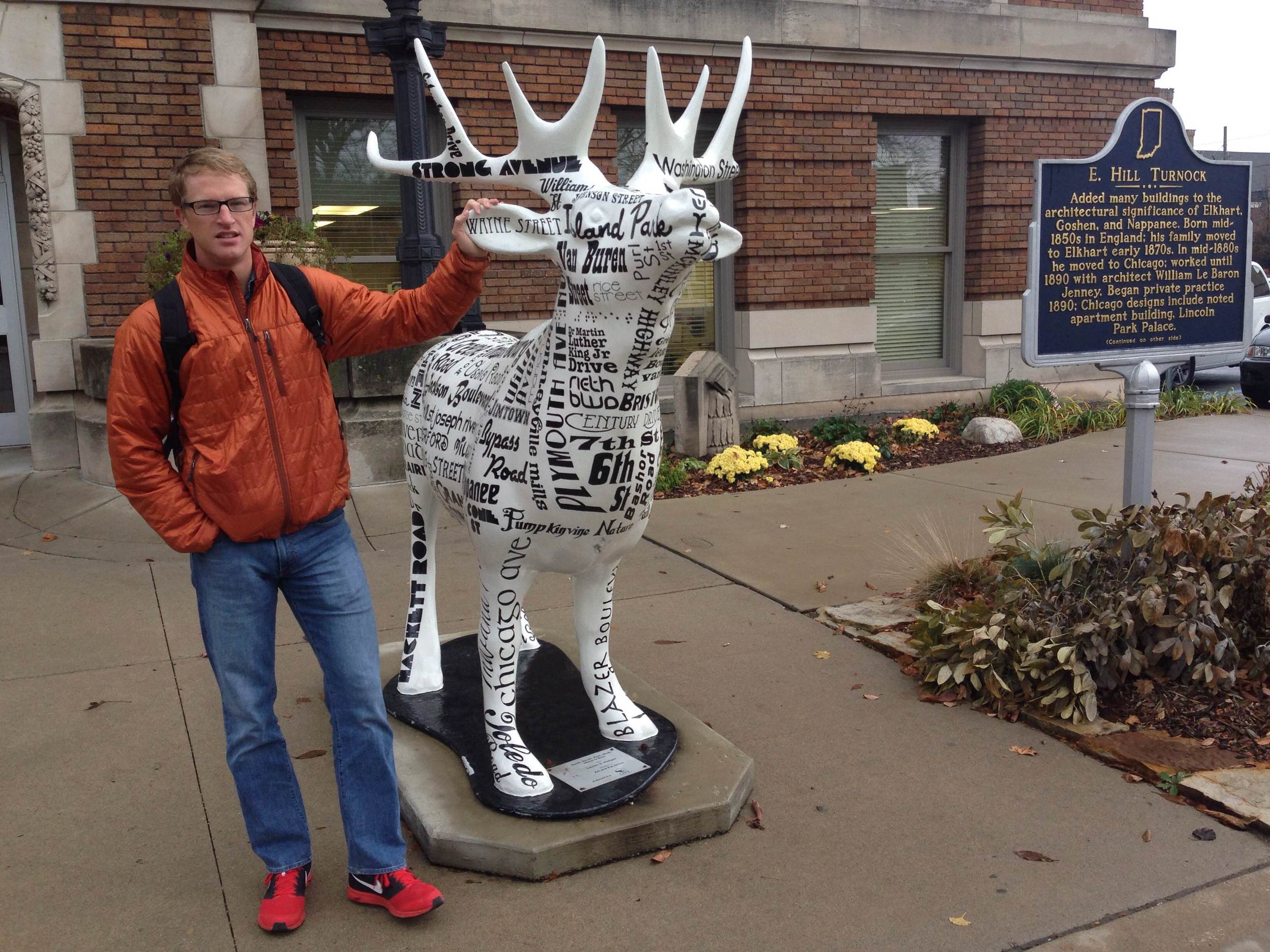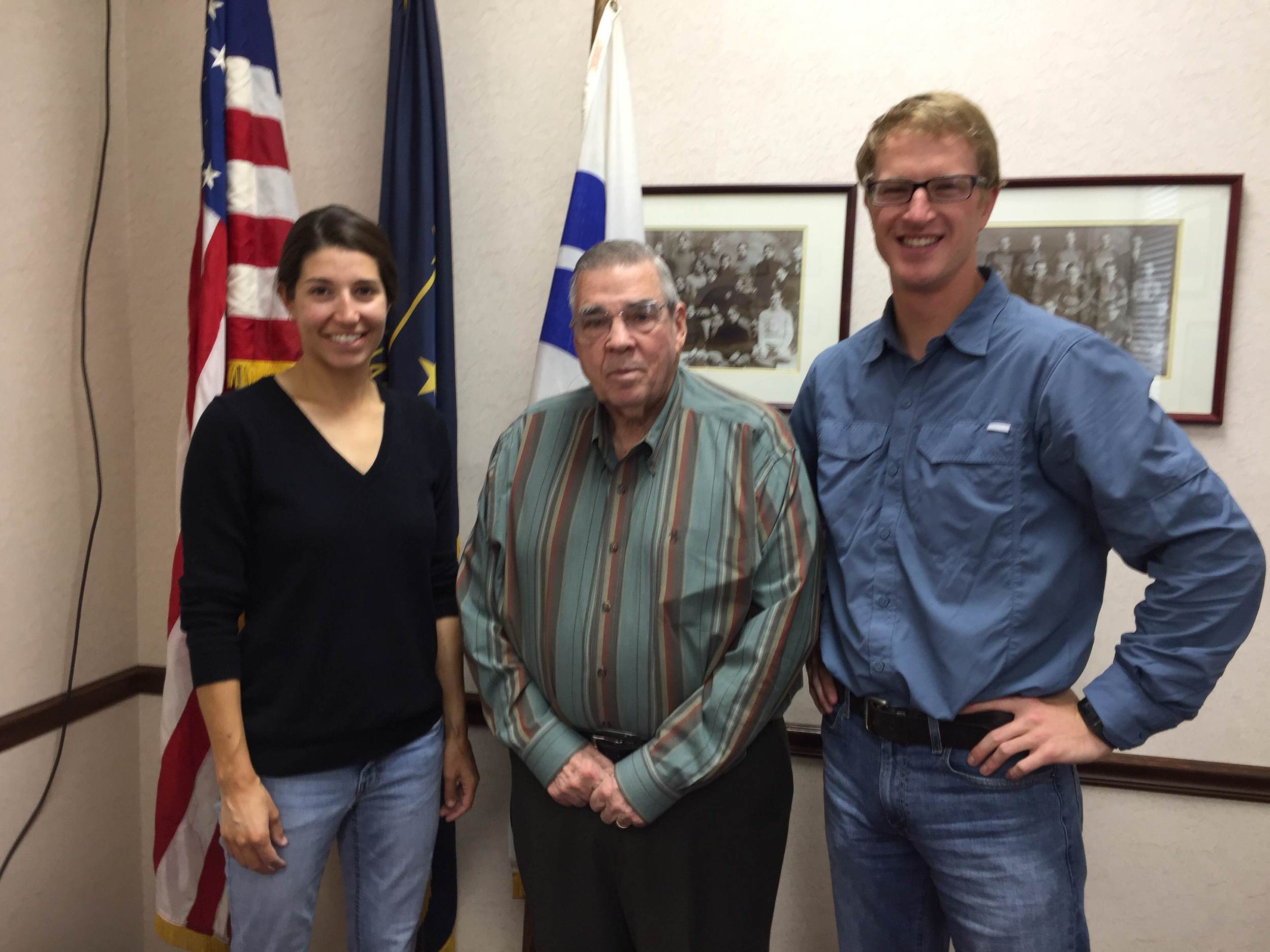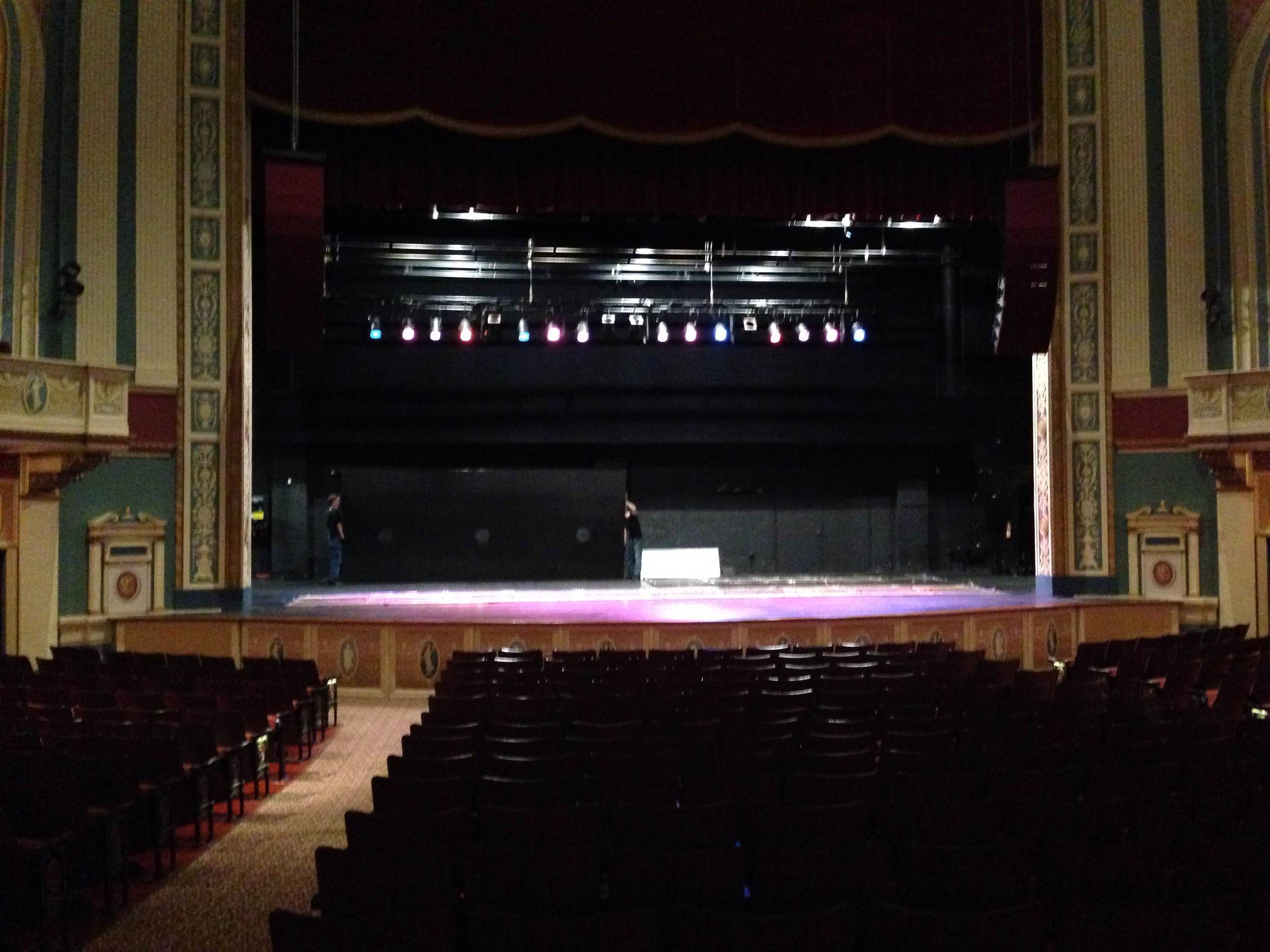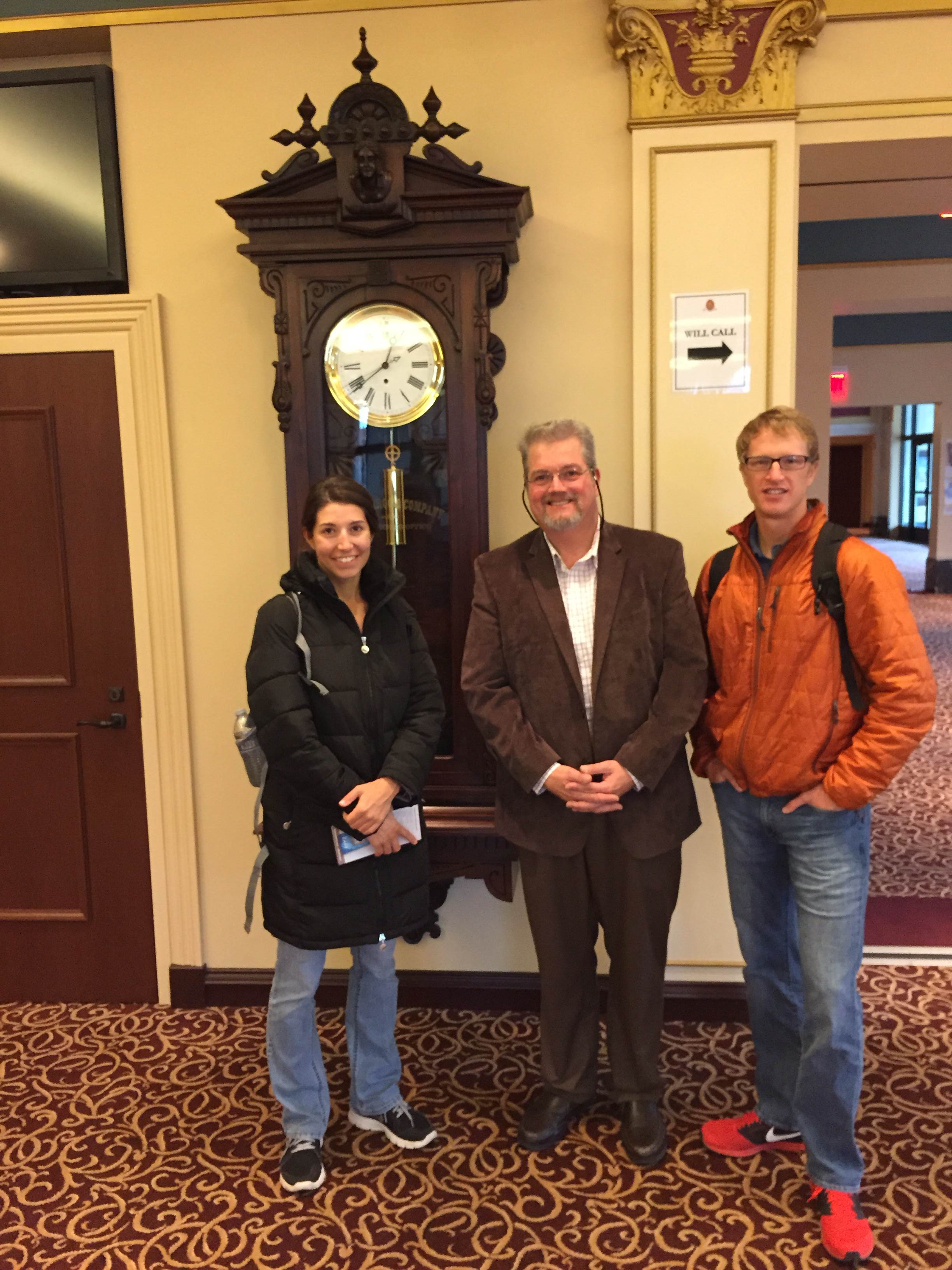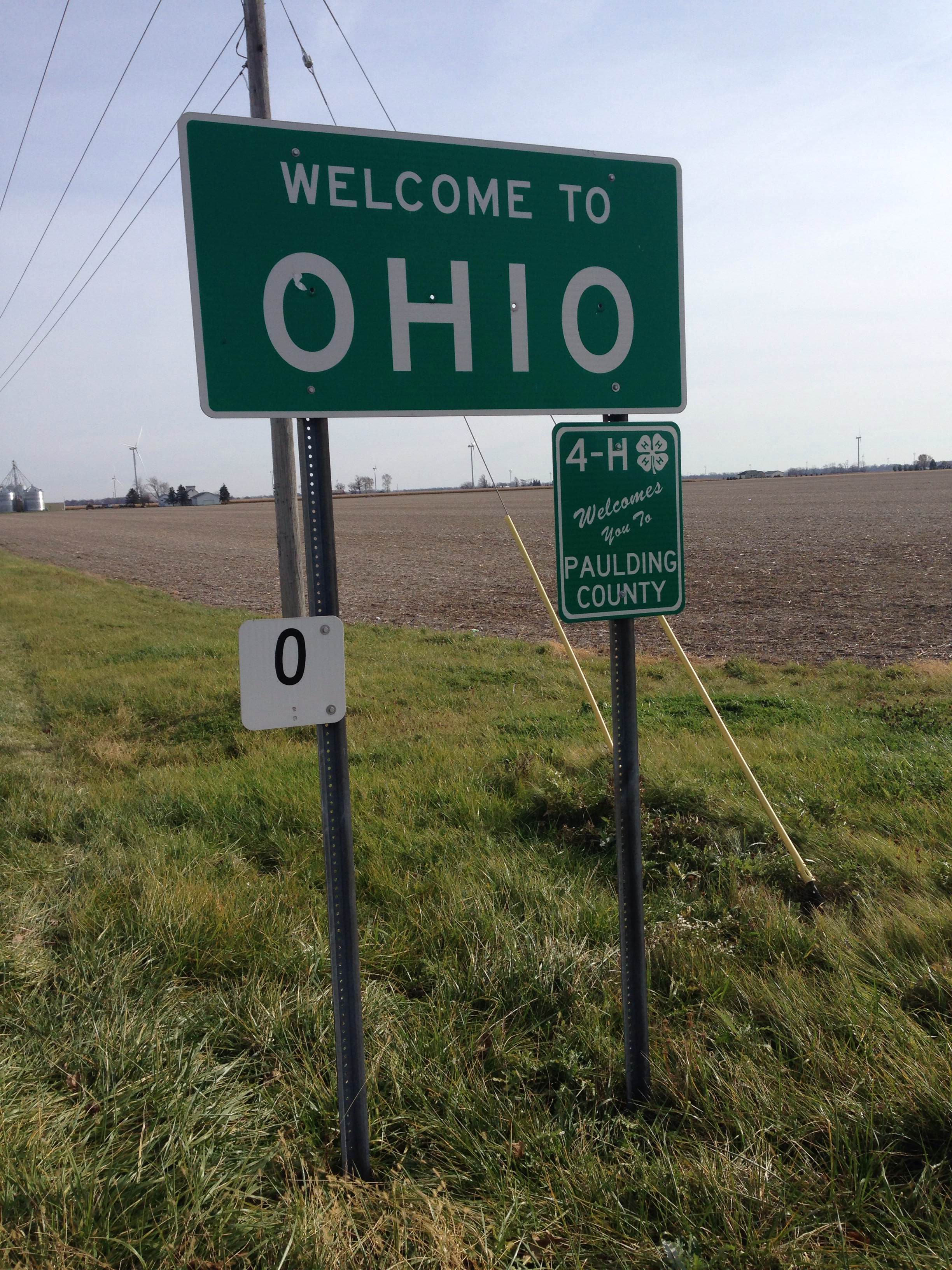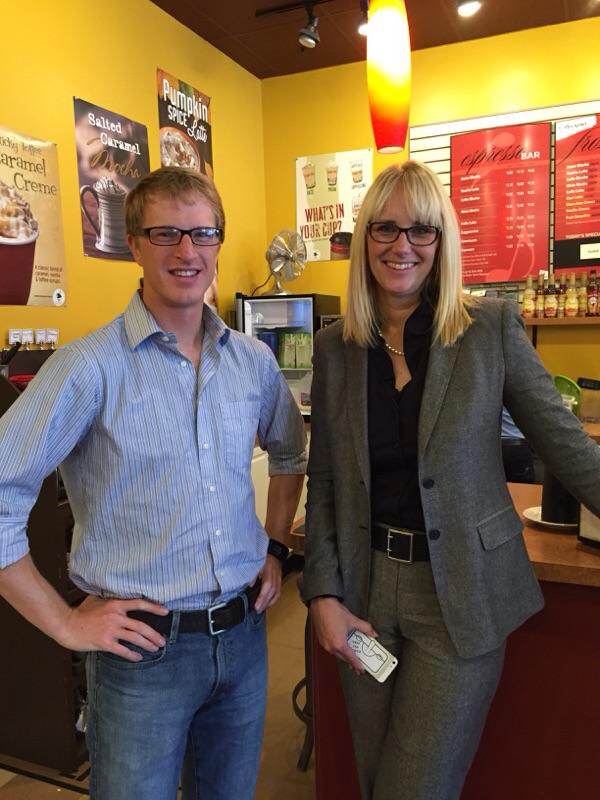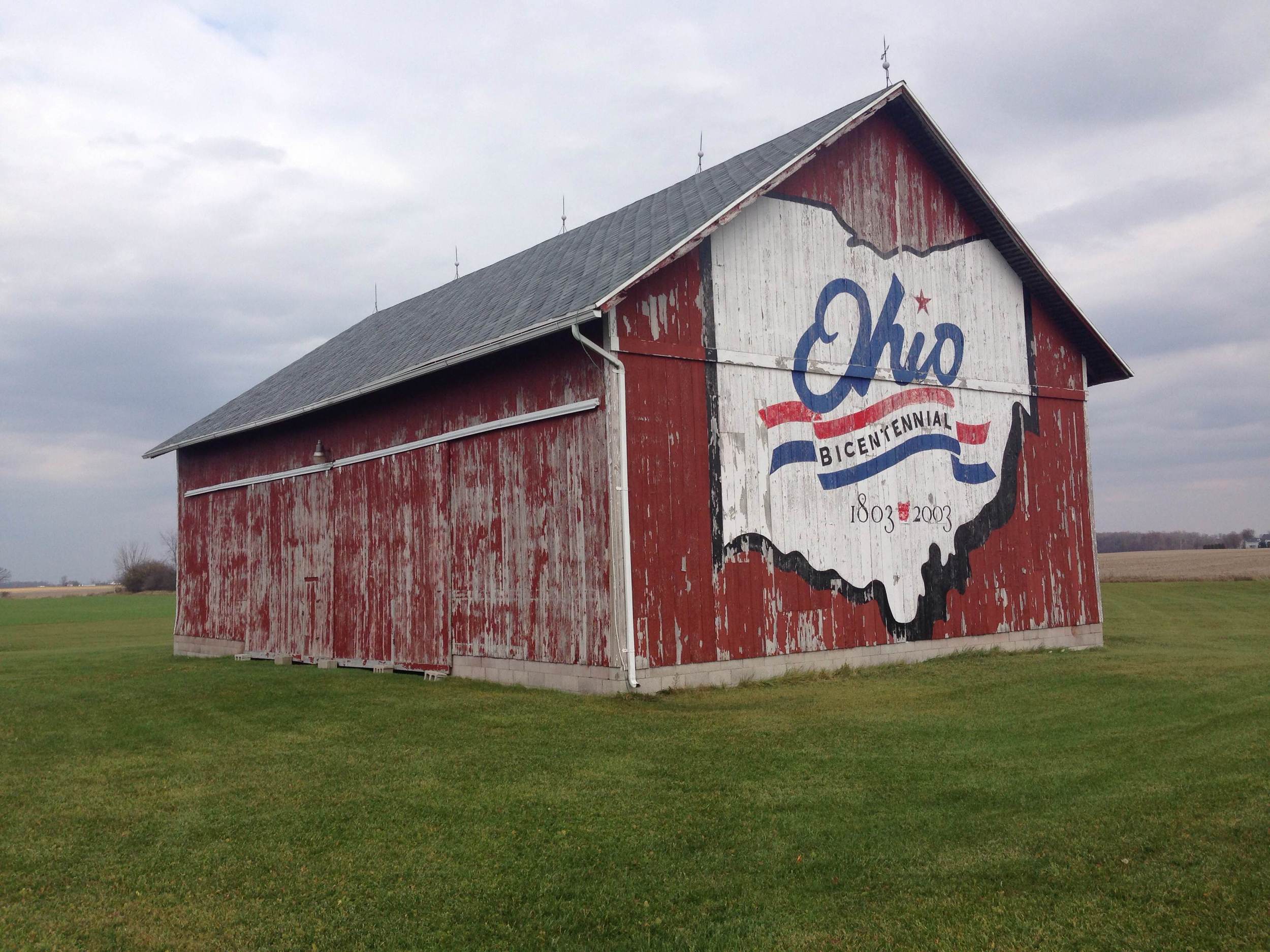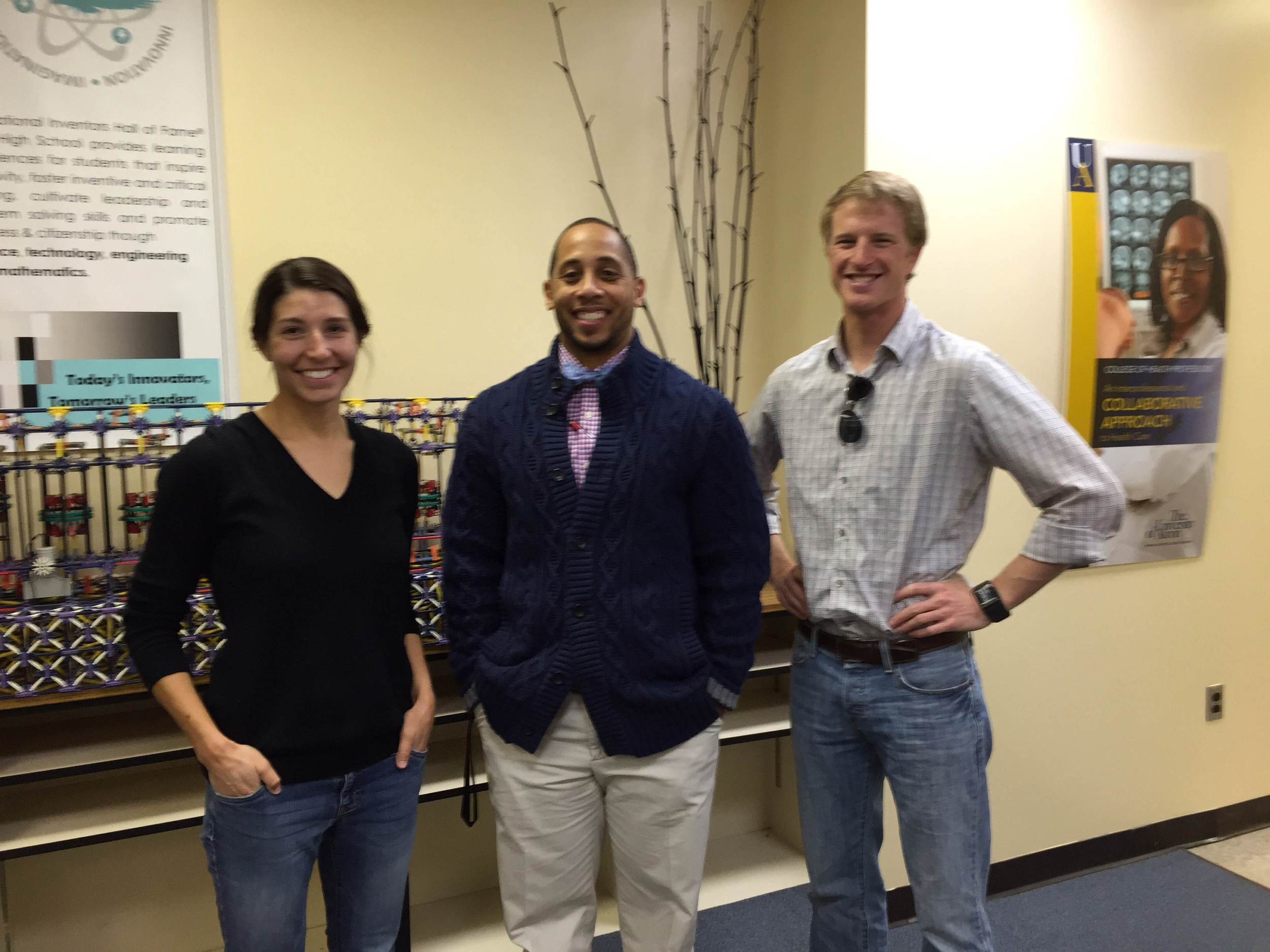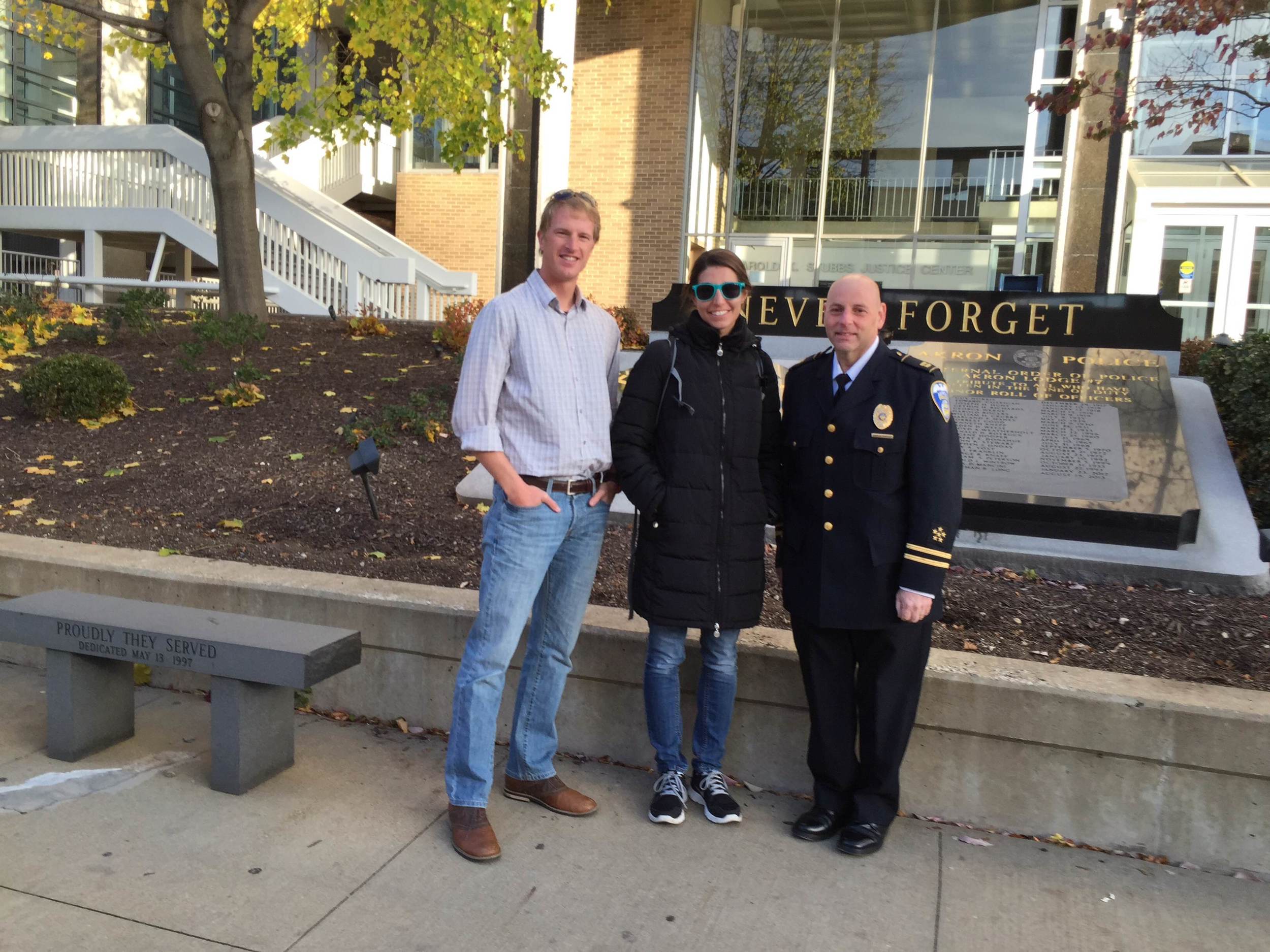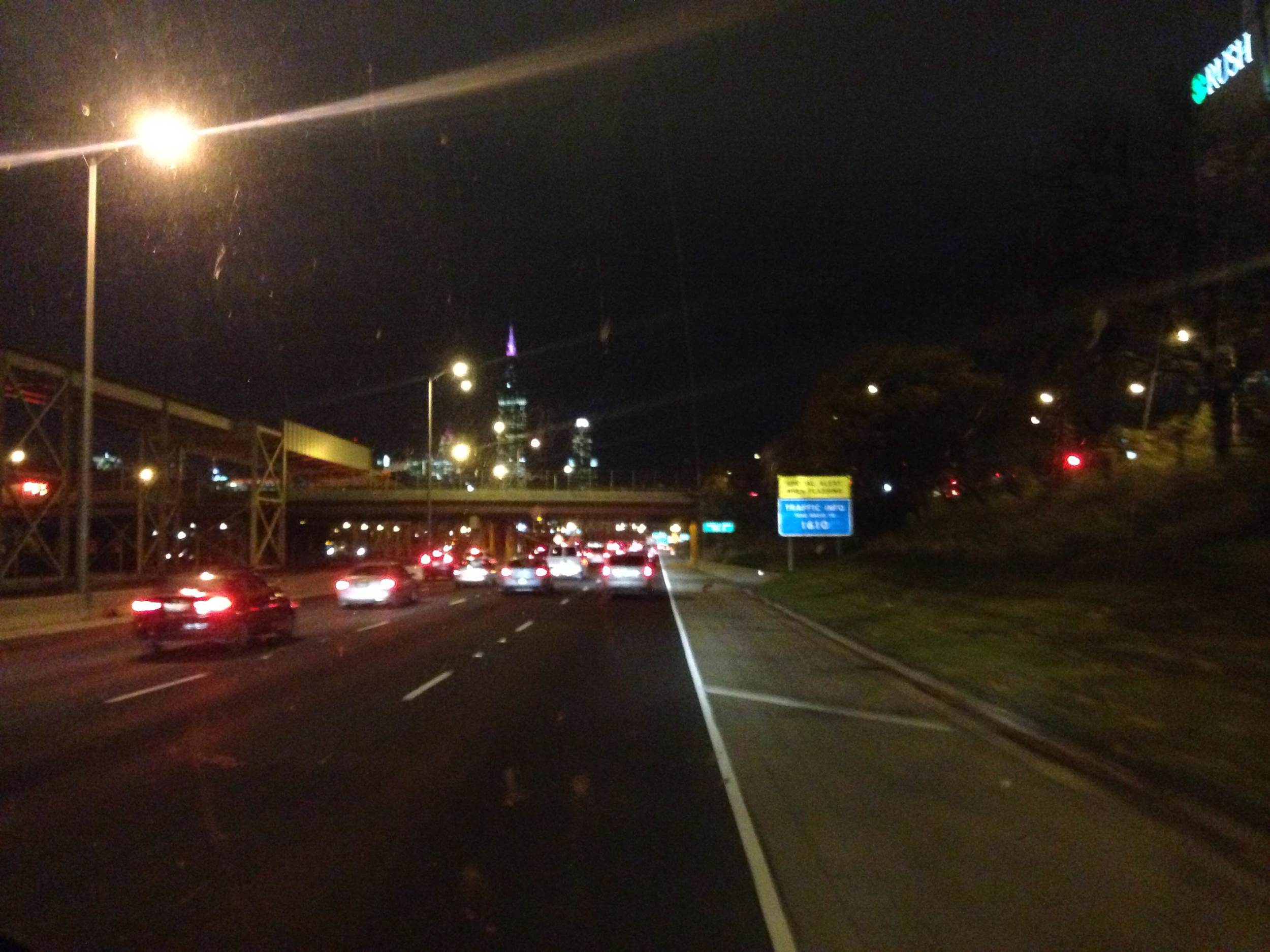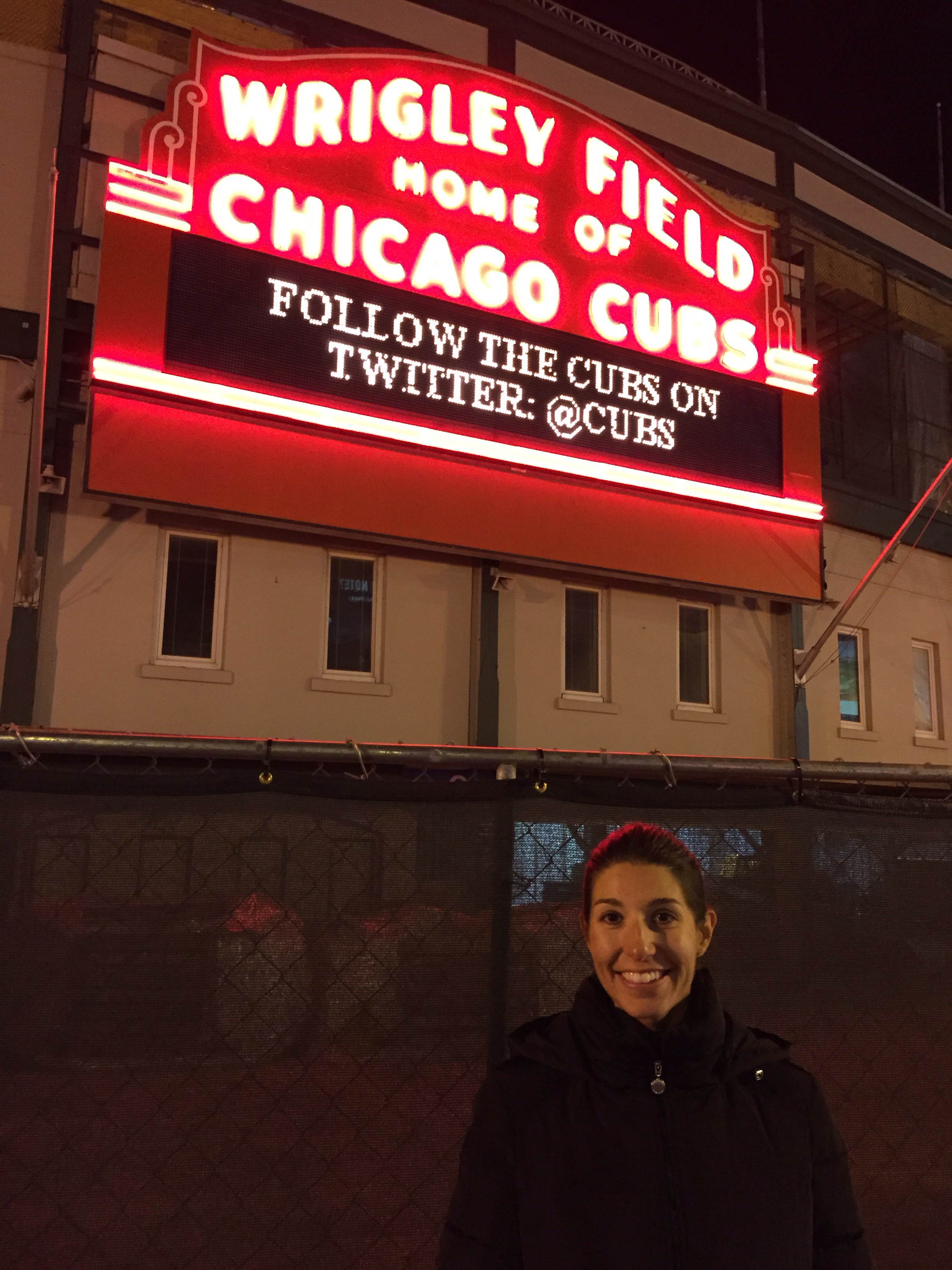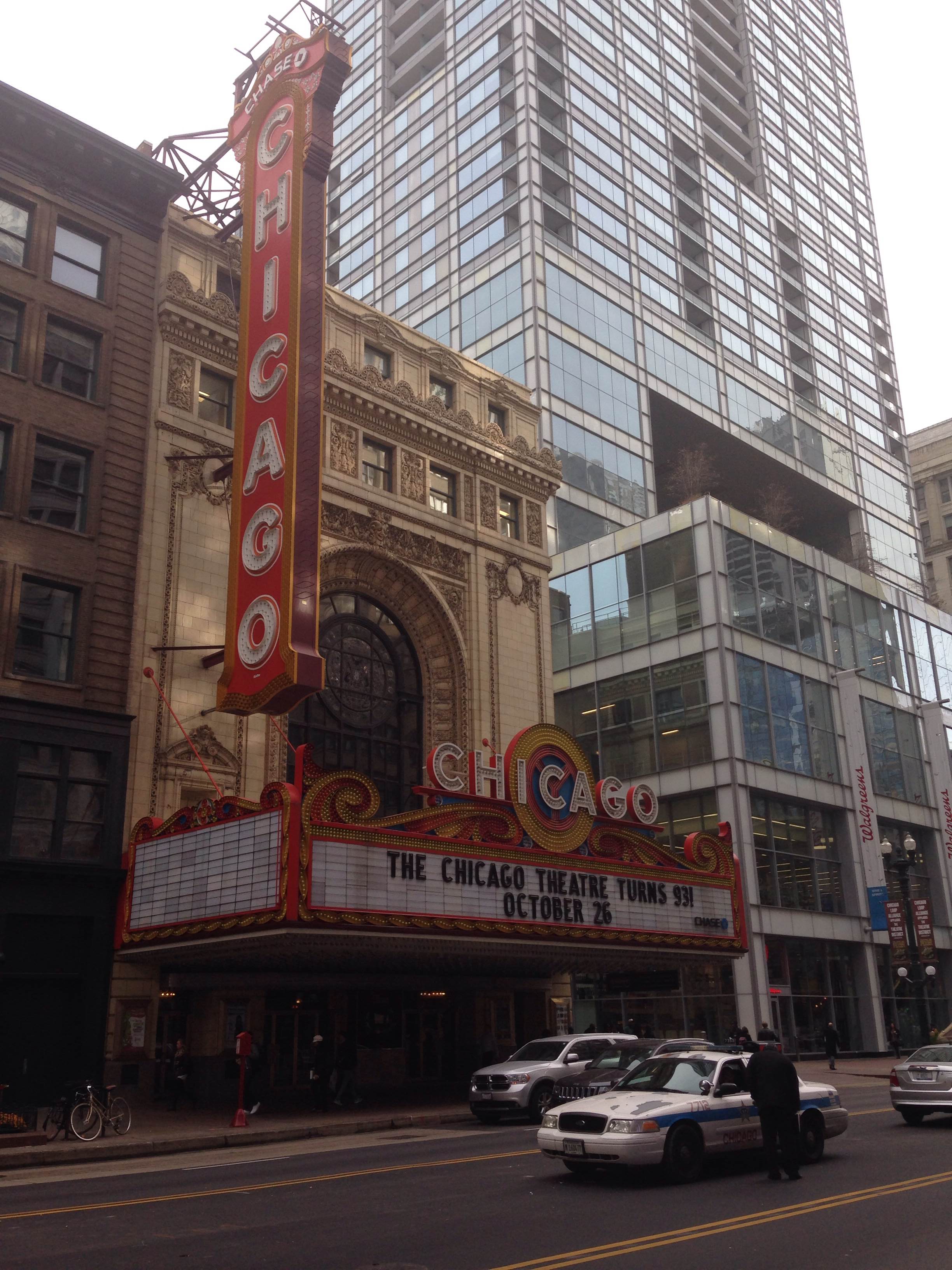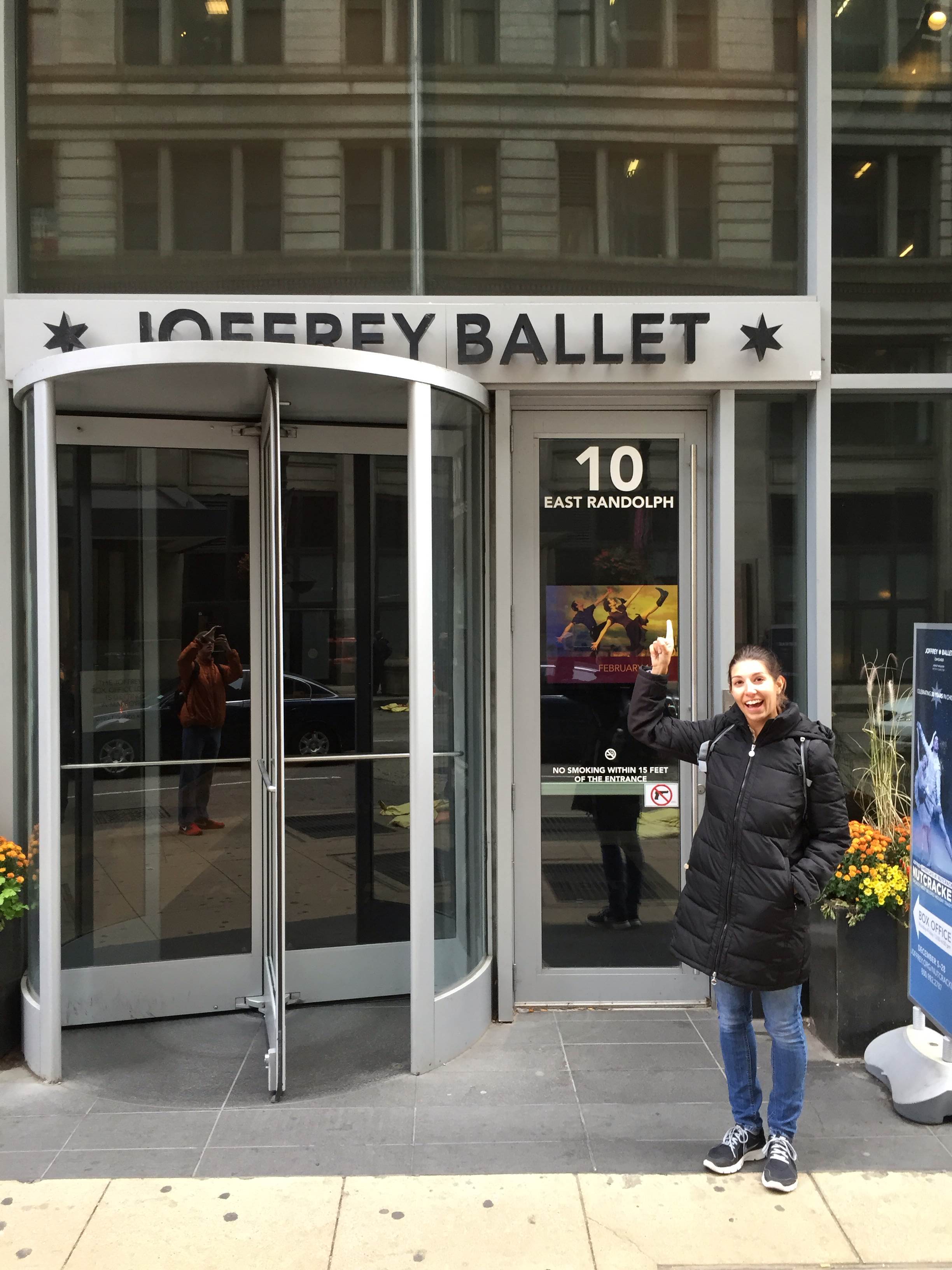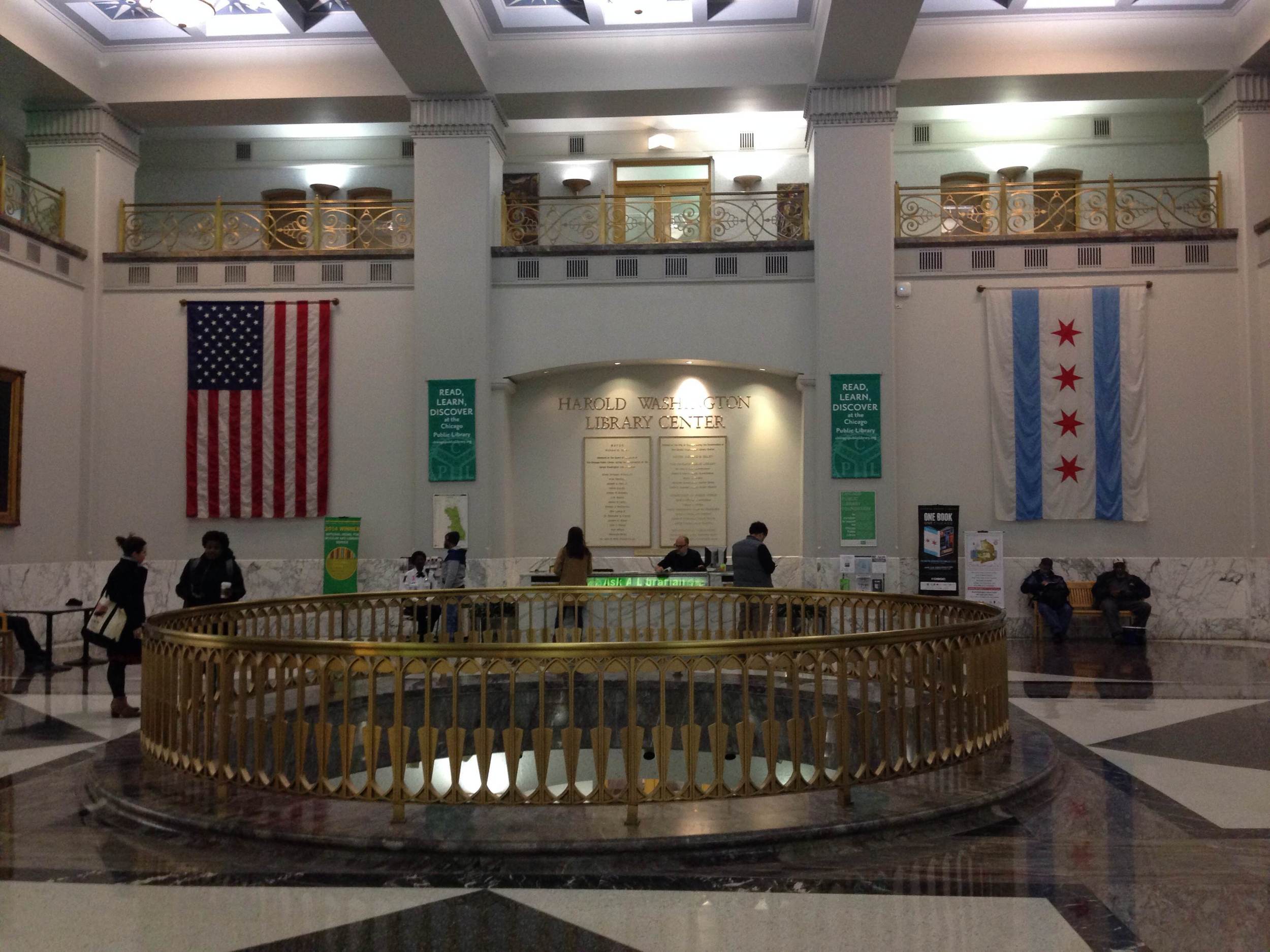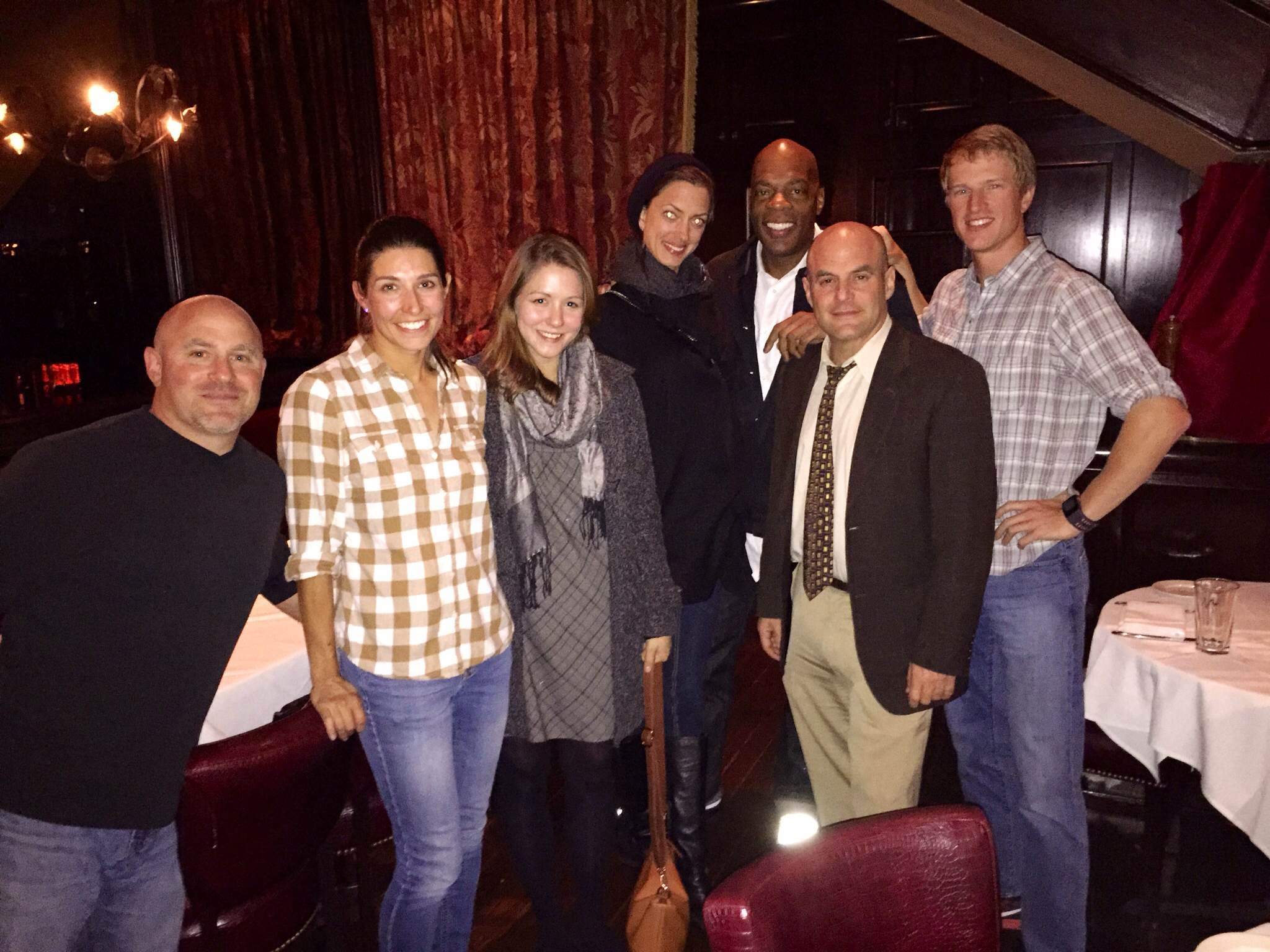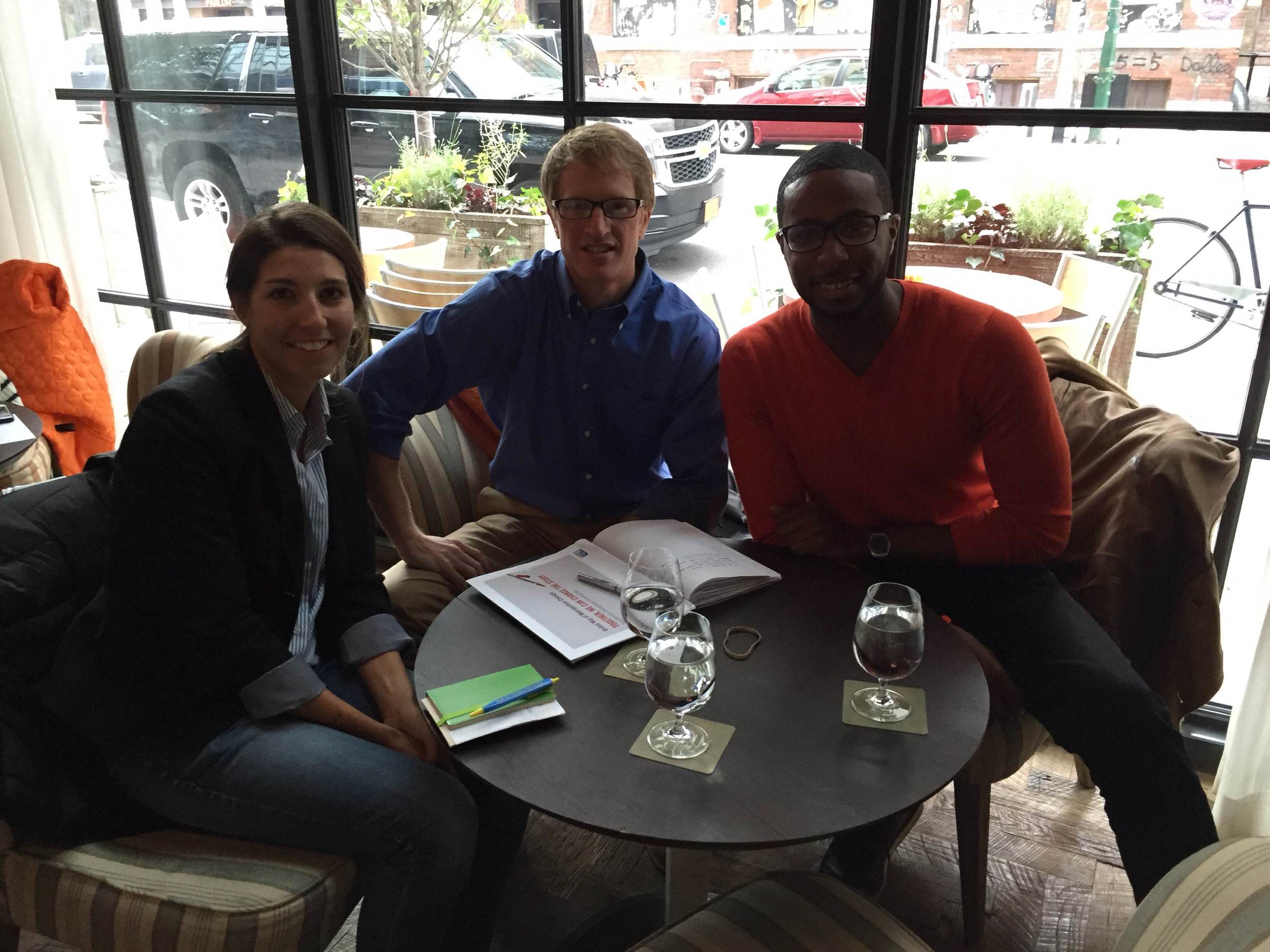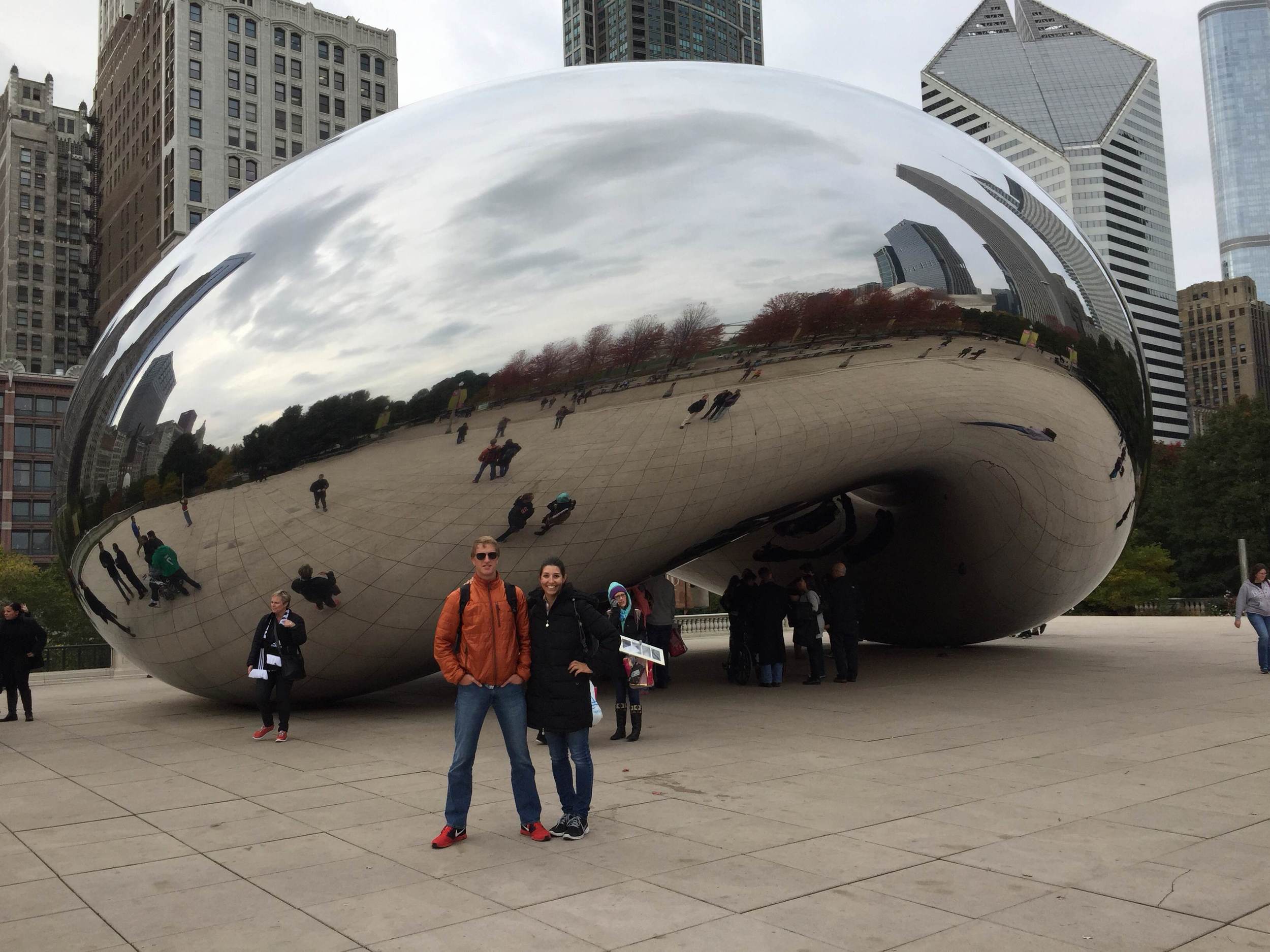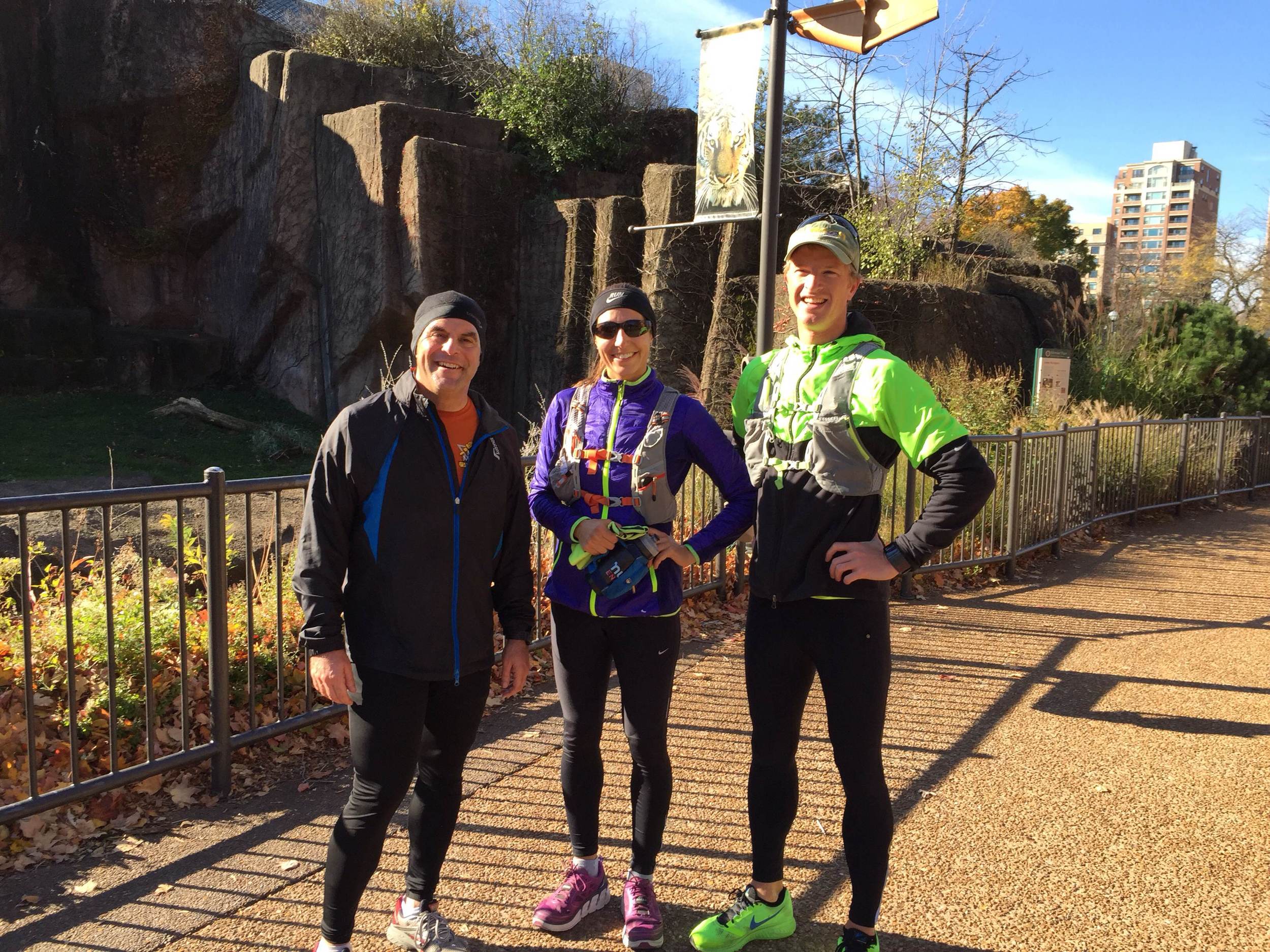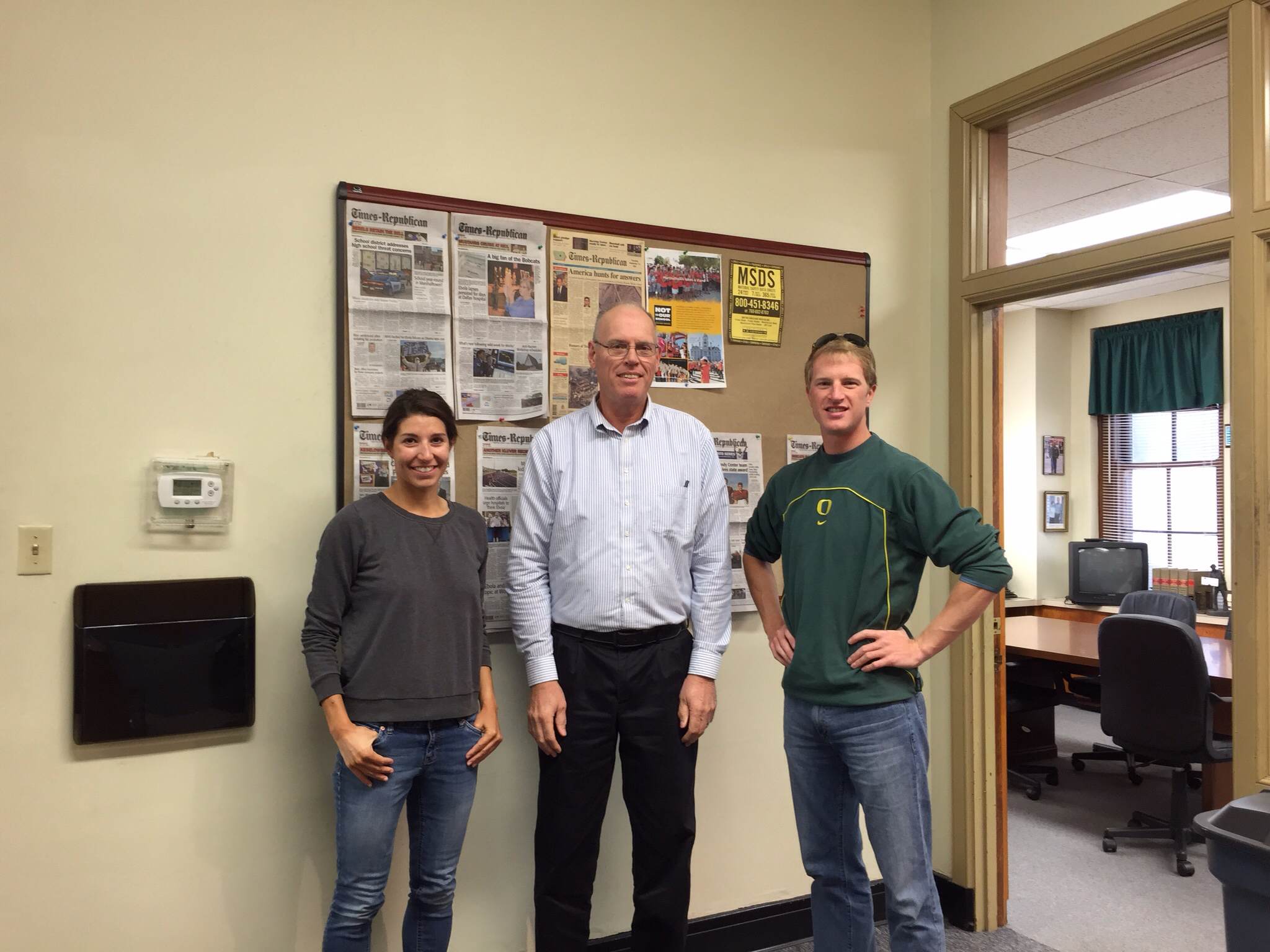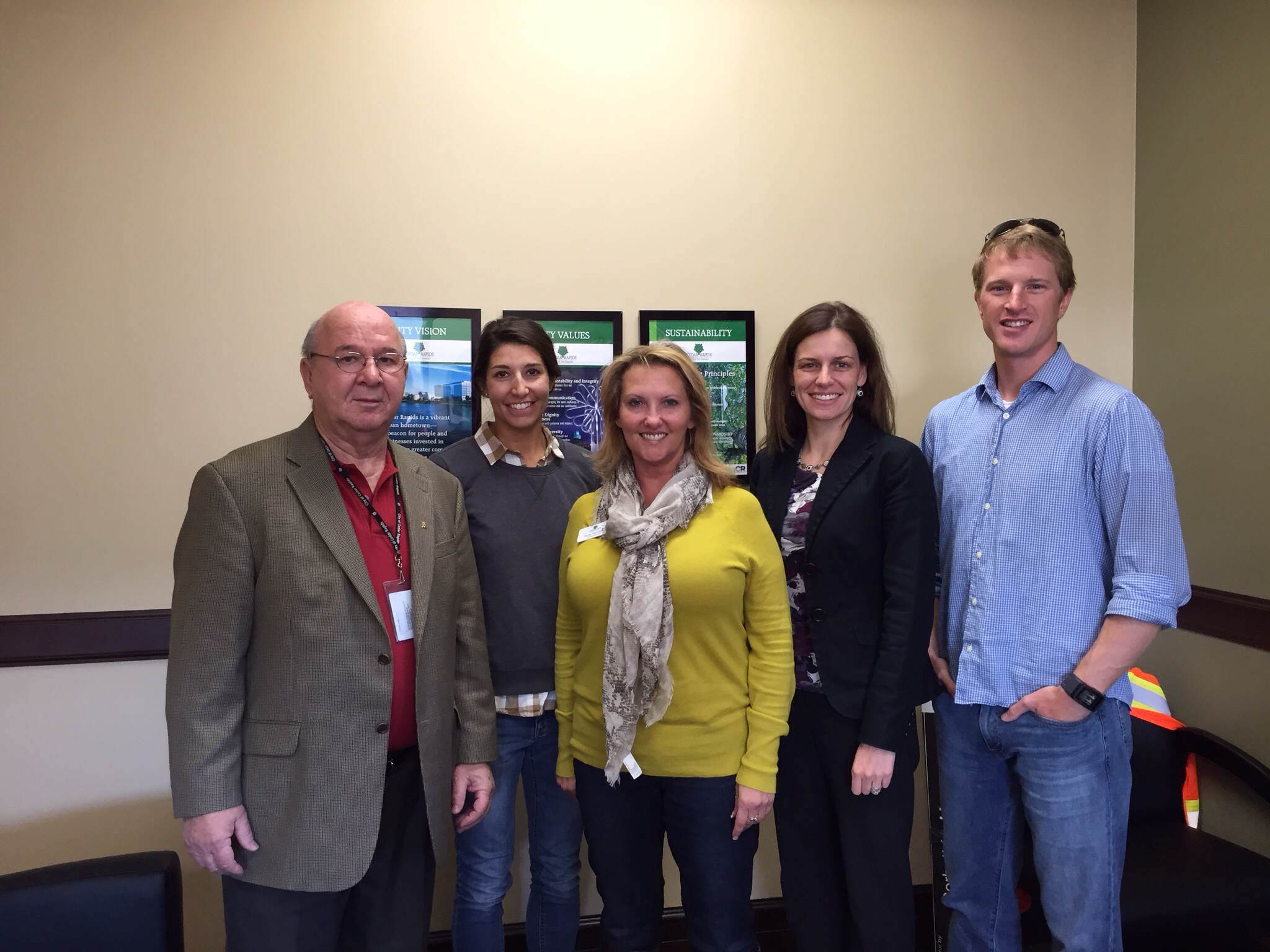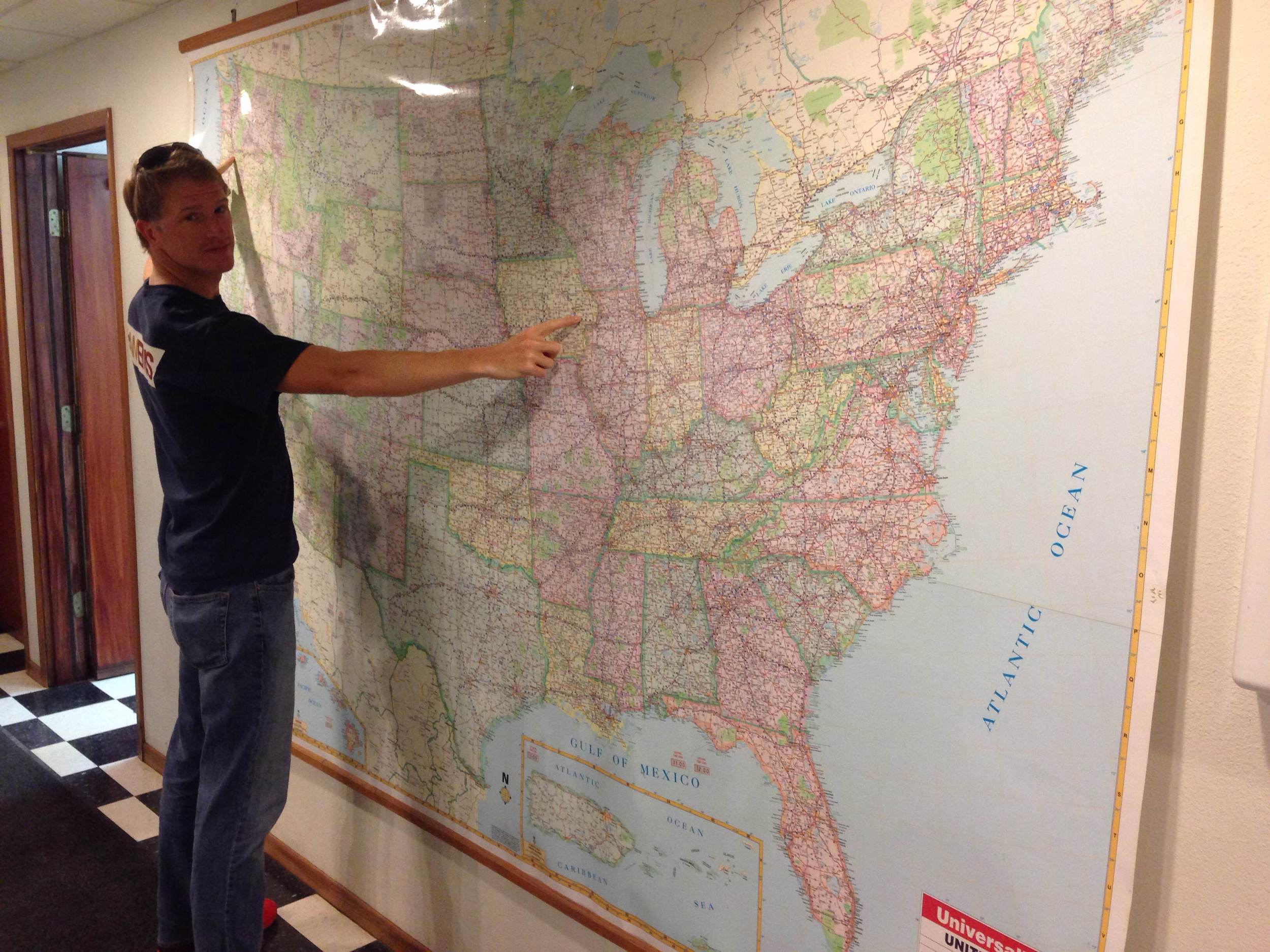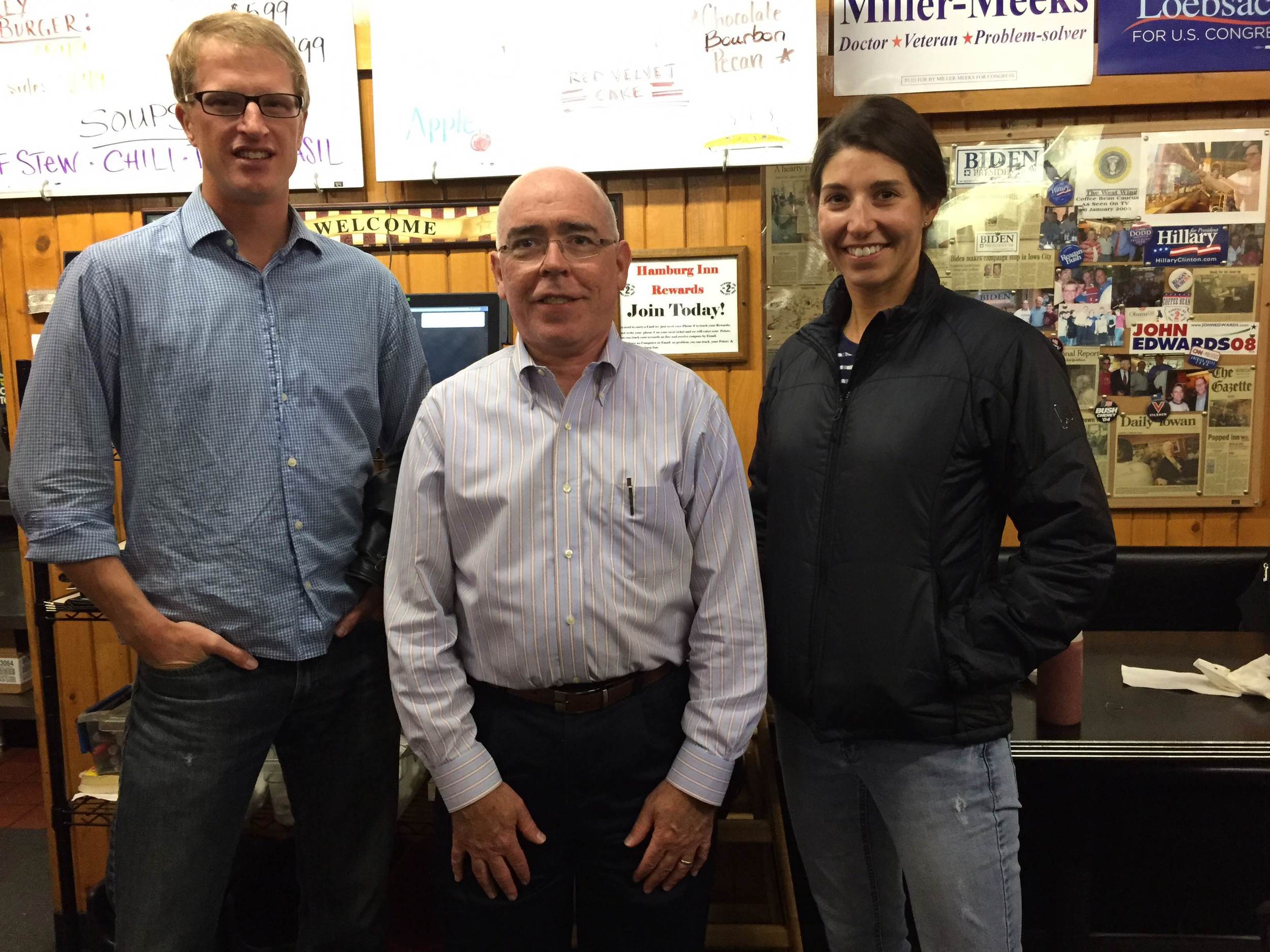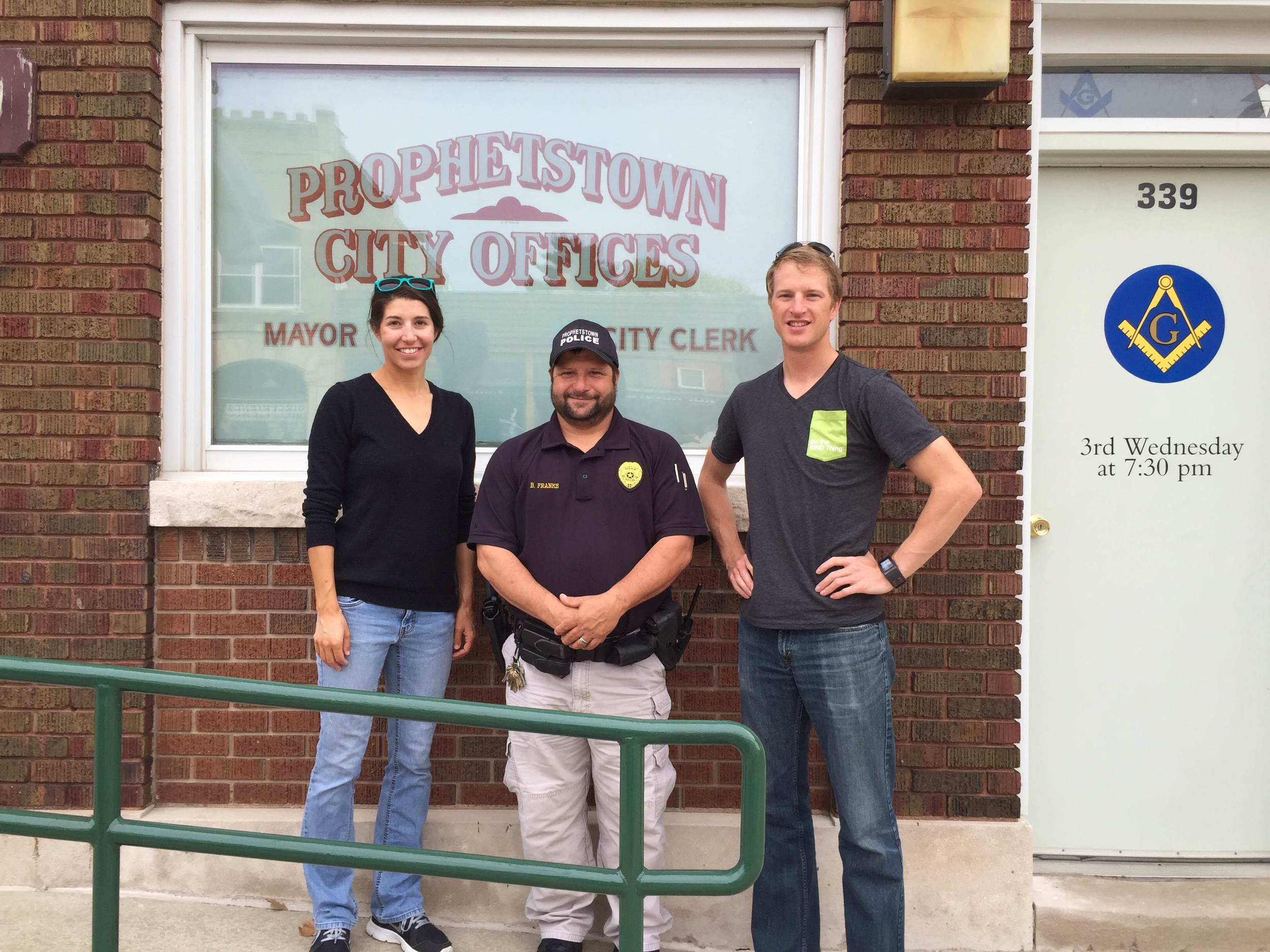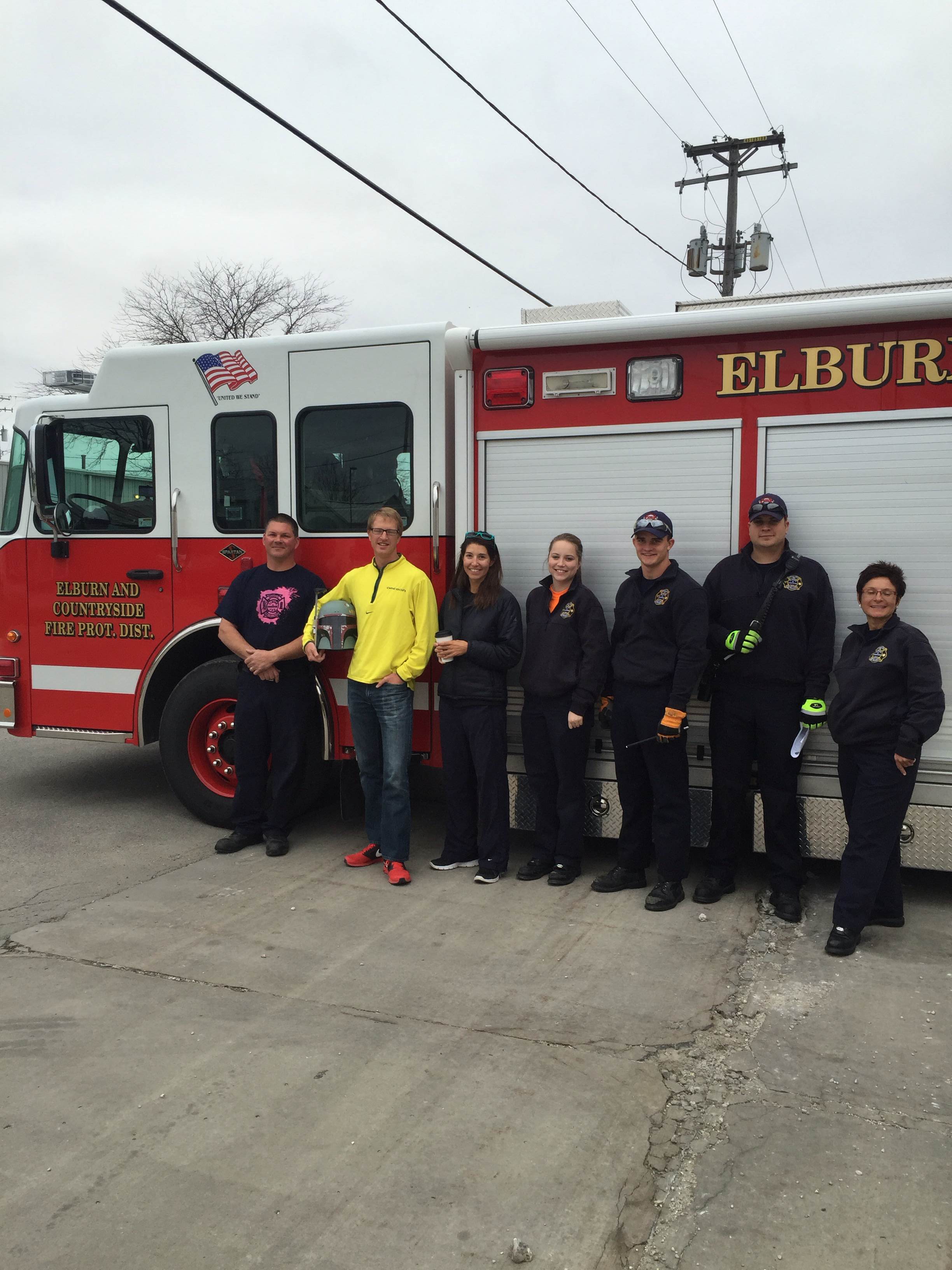Pittsburgh, PA to Washington, DC
It was an easy decision to add nearly a hundred miles to our route by following the GAP and C&O Canal trails. Our first day off of the roads ended in West Newton, PA. We visited the Collinsburg Volunteer Fire Department and had a nice discussion with Chief Koricich and several firefighters. We asked about how the community of West Newton had changed over time (for example, it was interesting to hear first-hand about the positive economic impact of fracking). Throughout the evening we were treated very kindly: we showered, used the laundry facilities, and caught up on work in the old bingo room before spending the night in the department parking lot. The following morning, in a display of typical firefighter generosity, one of the firefighters drove out to meet Adam to return a lost glove, which left us shaking our heads in grateful disbelief. That day we stopped running in Connellsville and decided to rush over to catch the last tour of the day at Fallingwater, Frank Lloyd Wright’s masterpiece.
We passed through Confluence, PA (and enjoyed a great meal and terrific company at Sherman’s Ice Cream Parlor) before reaching Frostburg, MD. Once again we found ourselves indebted to the local volunteer fire department, who not only allowed us to park in their lot but also invited us to join them for a company dinner. In Cumberland, MD, we reached another milestone: the end of the GAP trail and the start of the C&O Canal trail. We met with City Administrator Jeffrey Rhodes and City Clerk Margie Woodring and learned a bit about the history of ‘the Queen City’. Cumberland, once a highly important manufacturing and transportation town, was built for a population of about 40,000 people. The population substantially declined over time, partly due to companies moving elsewhere as well as the building of major north-south interstates to the east and to the west of town. Now the town struggles with how to fill the many vacant but truly beautiful buildings in its downtown, and we heard about a few economic development plans from Economic Development Coordinator Shawn Hershberger. We look forward to exploring some of these plans in an upcoming post. We later met with Mia Cross at the Board of Education. A new high school is going to be built on the city's old hospital grounds, replacing a school facility built in 1925. Local 5th graders take part in a 5-night outdoor school in Garrett County. All K-5 grade students are eligible to participate in a Chinese (Mandarin) immersion program, taught by native speakers and ending in a proposed trip to China.
It was an adventure in and of itself to help Rex navigate some of the access points along the C&O canal, but the RV came through once again. From Little Orleans to Big Pool, we gave Rex some time off as Susan, the mother of a mutual friend, came out to support us. It was wonderful to run as a team along the trail. Ashley’s dad took over as the support driver from Big Pool to White’s Ferry. This stretch, split over two days, included a walk over the bridge into historic Harper’s Ferry, WV. At White’s Ferry (where you’ll find the only operating cable ferry on the Potomac river), we were supported by Ashley’s friend/talented photographer Melissa and her lovable goldendoodle Mollie. We had a wonderful run through the spectacularly beautiful Great Falls and ended the day at Carderock, only 14 miles from the Capitol.
We could not have asked for nicer weather on our final day of running-mild temperatures and plenty of sun. The sights became more and more familiar as we approached DC. Adam’s friend John joined us at the Lincoln monument and we ran together along the National Mall towards the west side of the Capitol building. After four months and 3,165 miles, the running component of our journey was complete.
